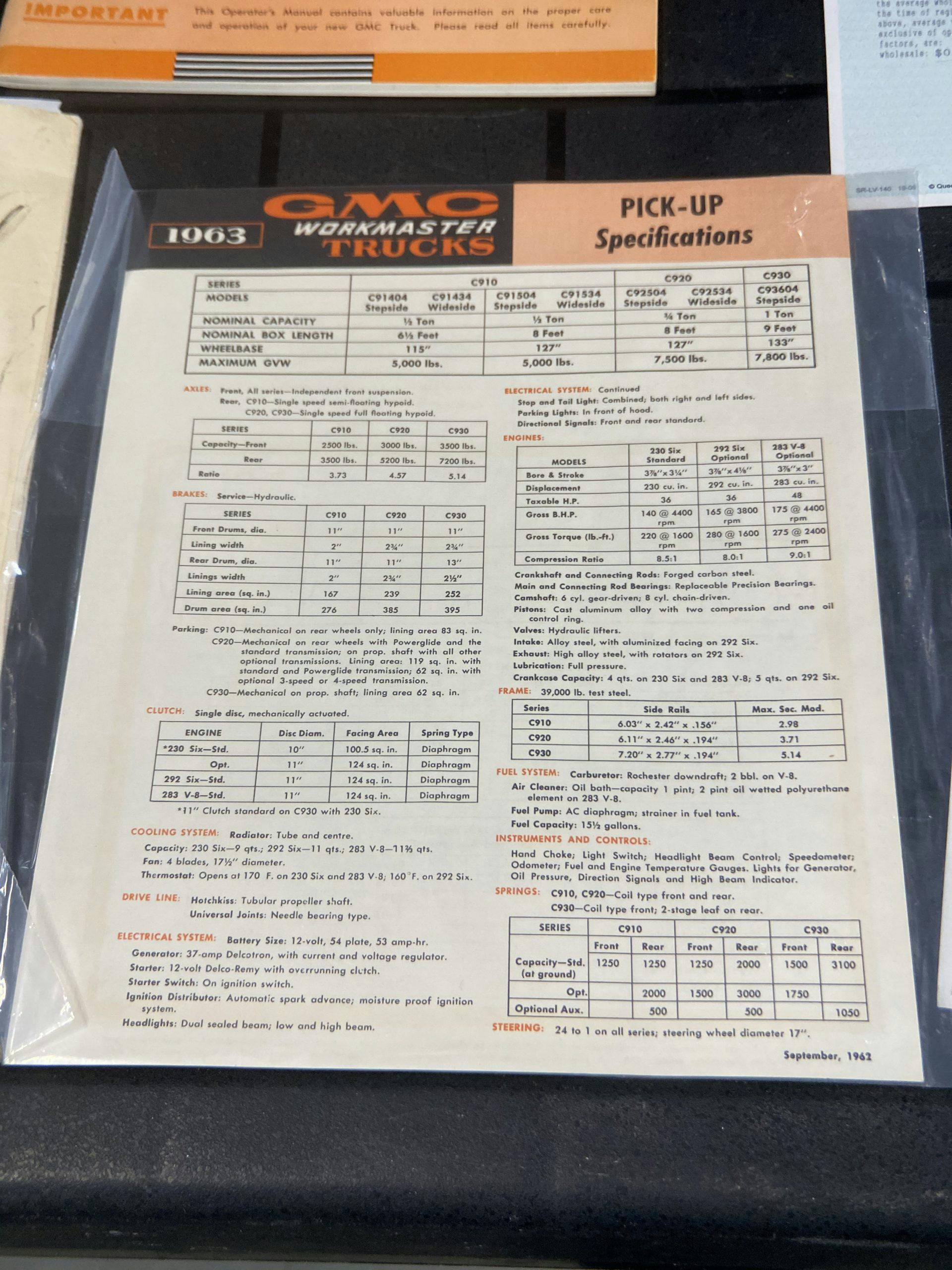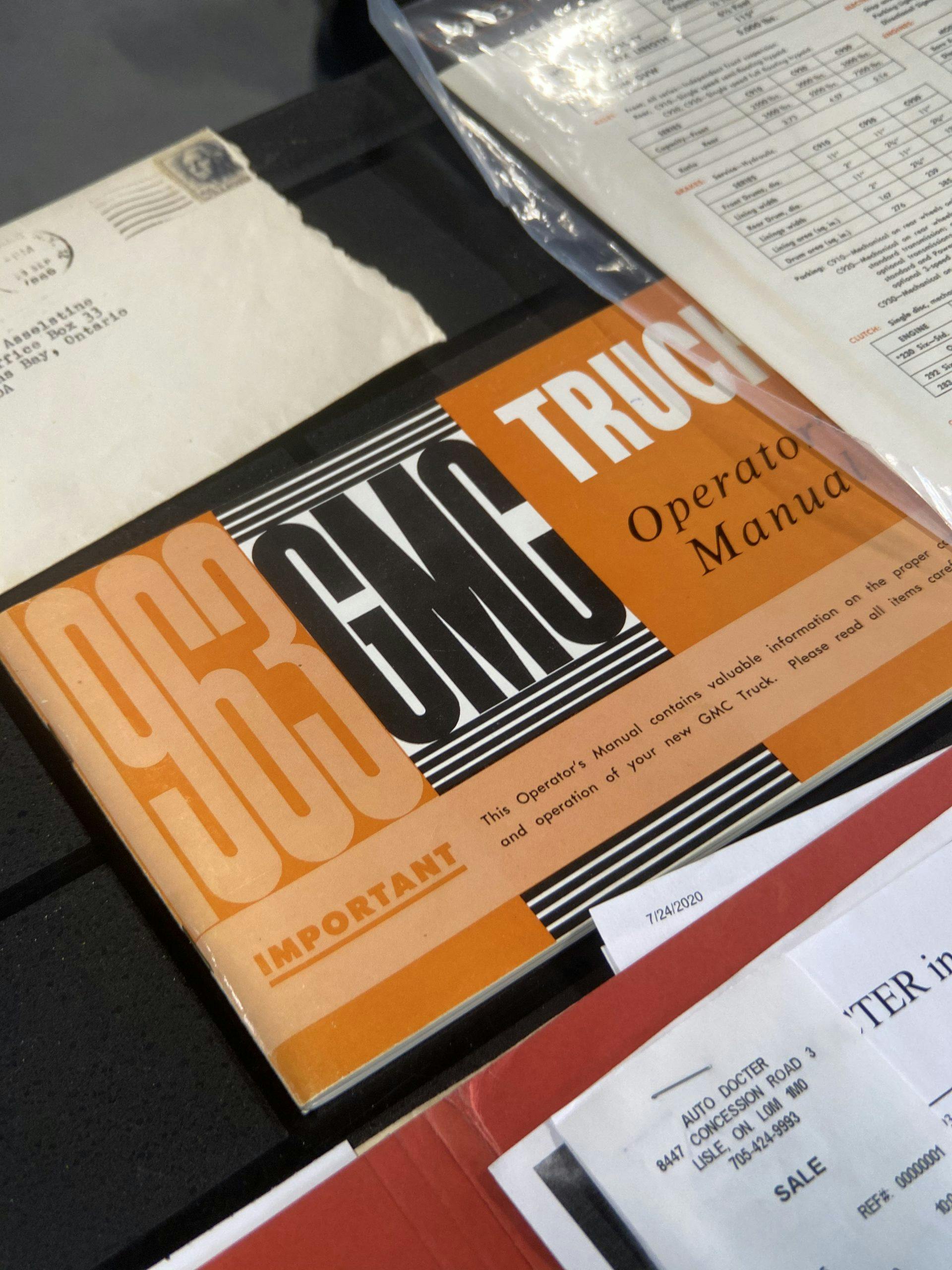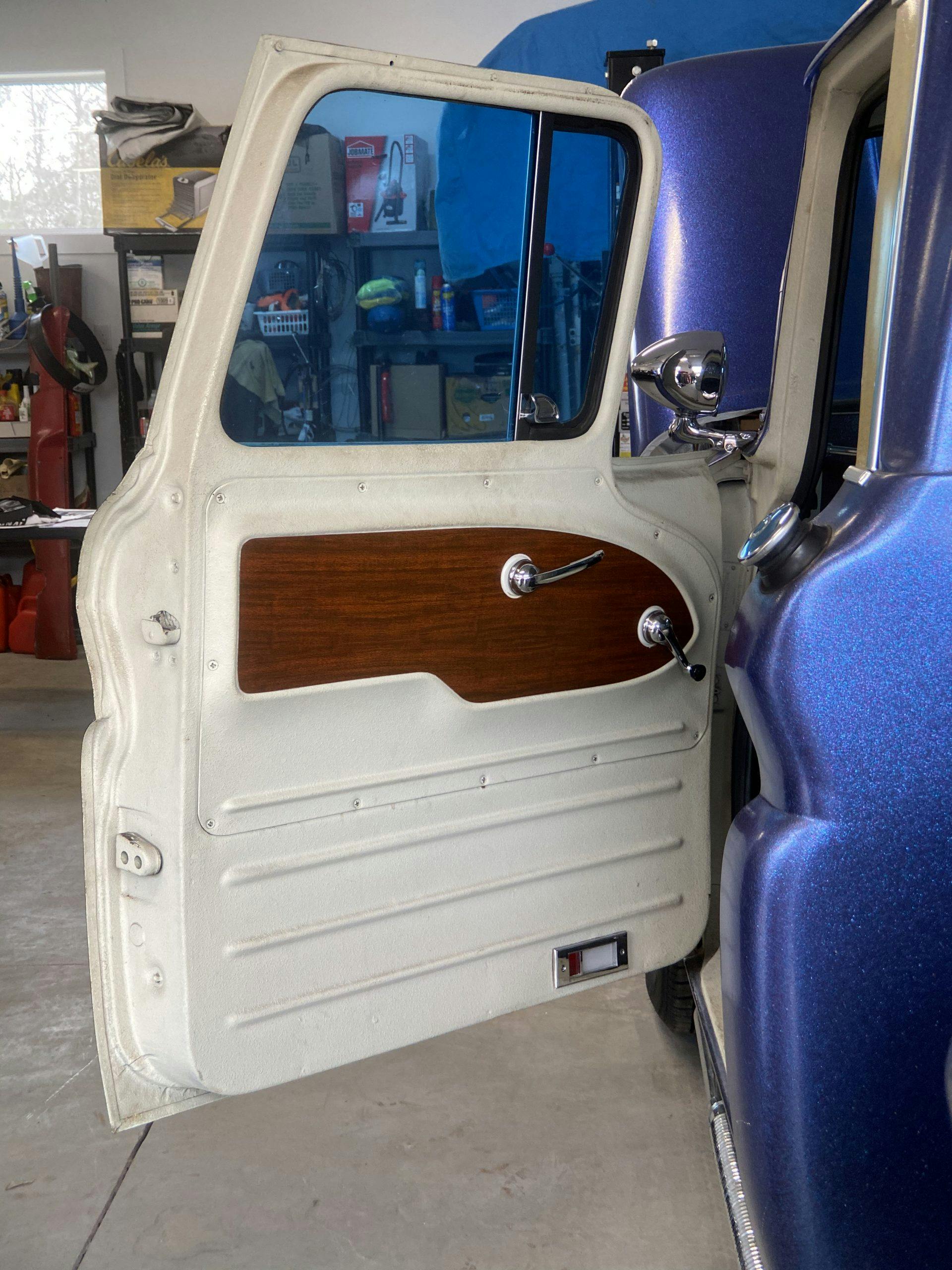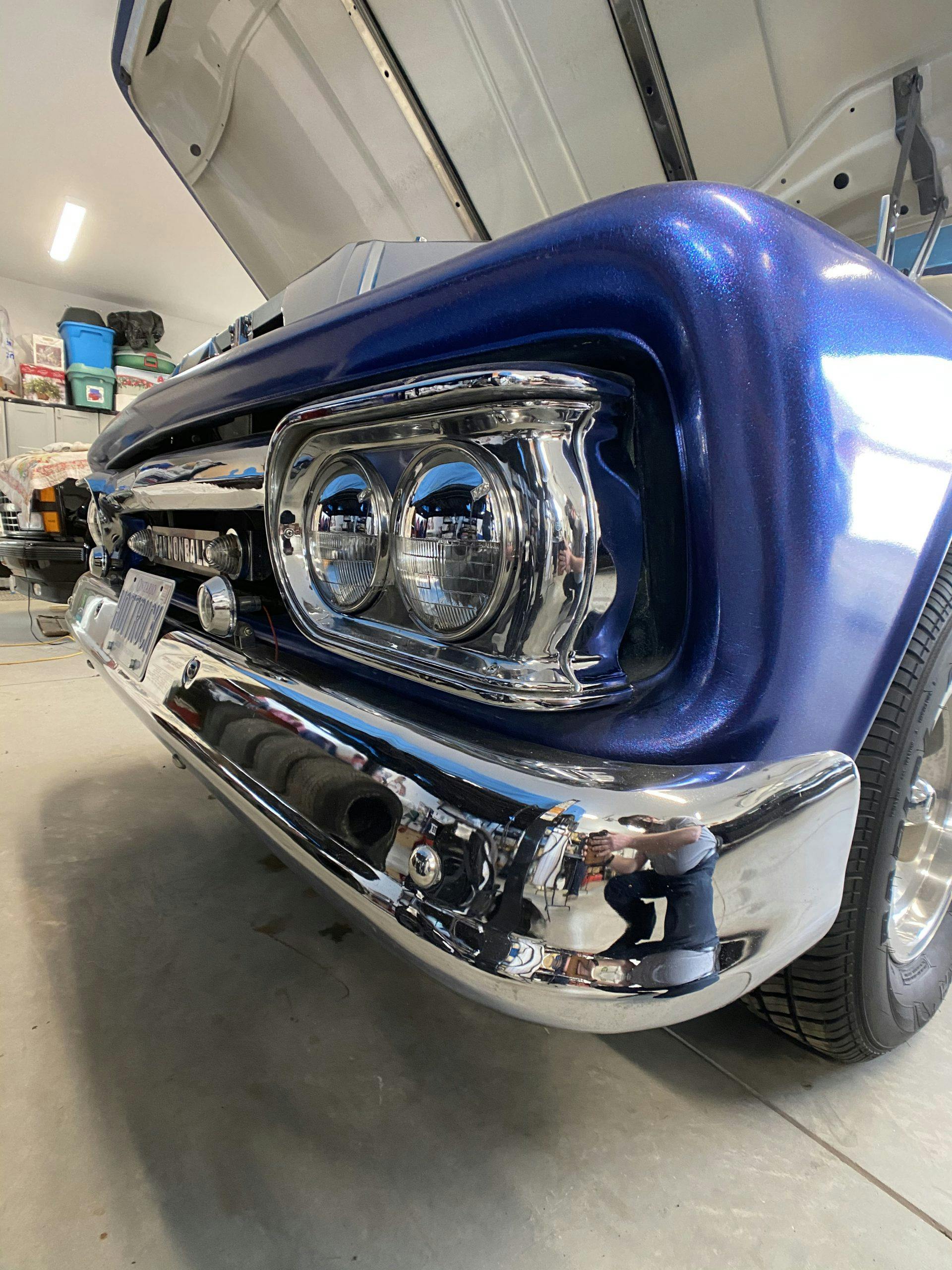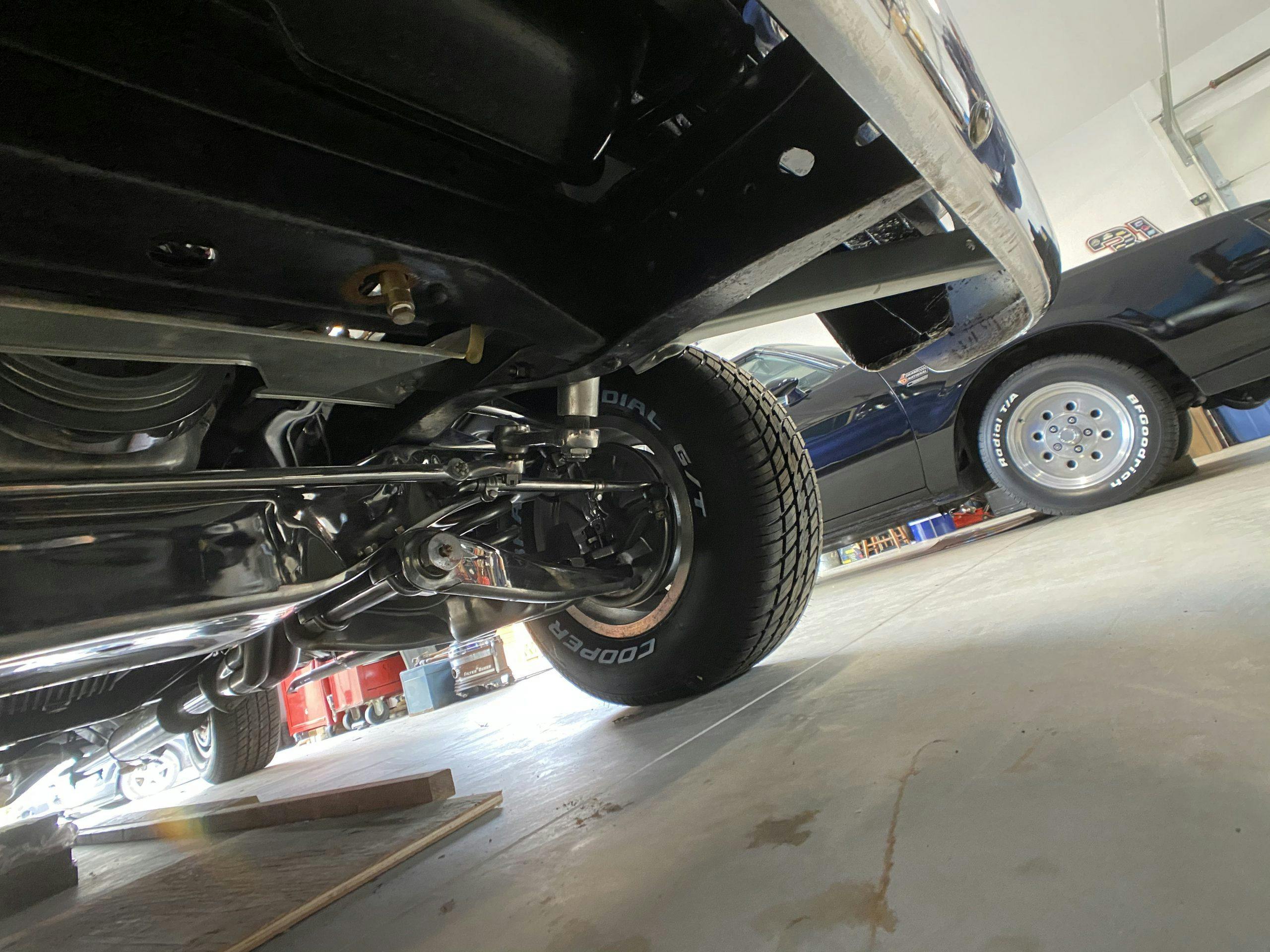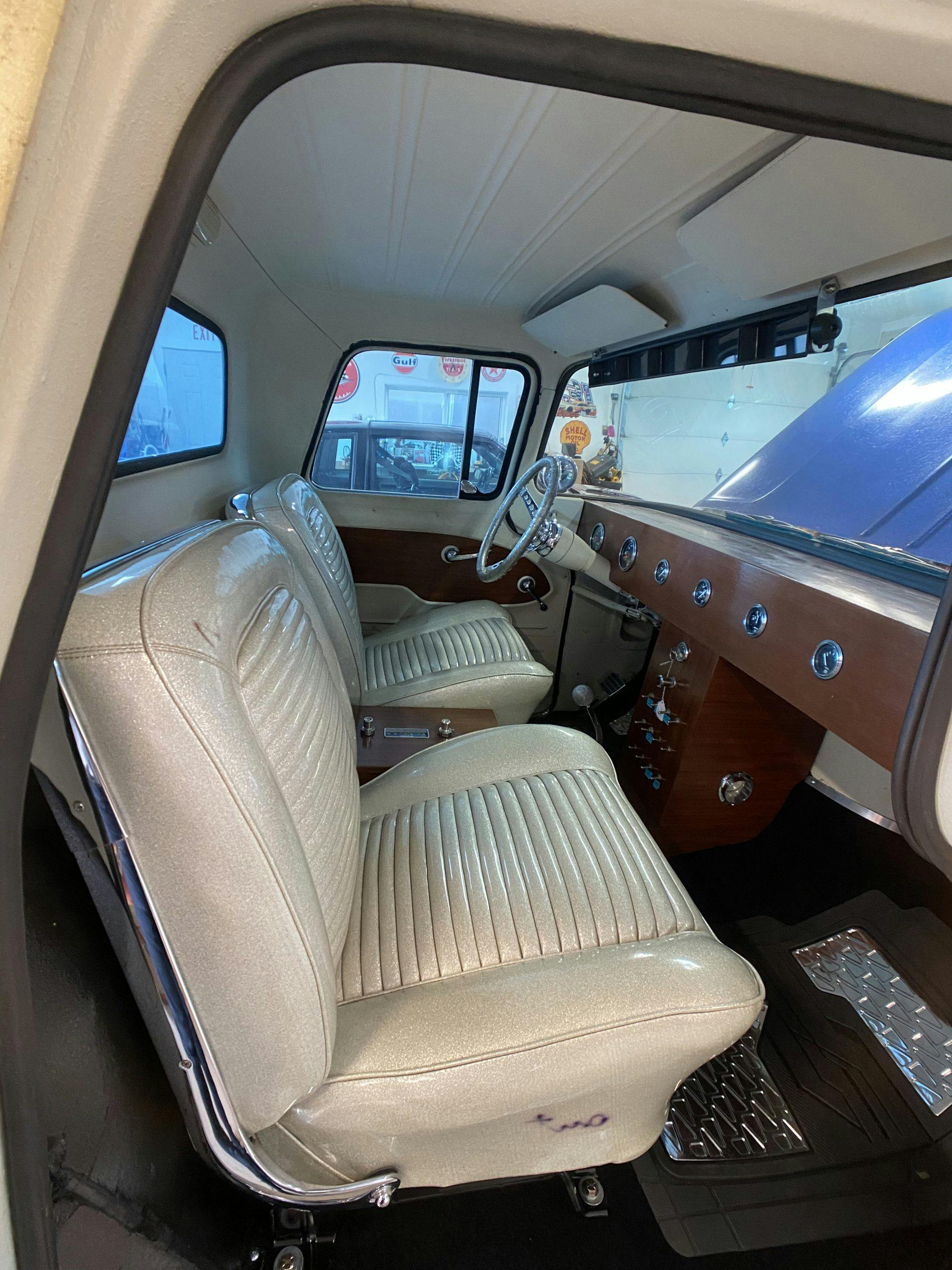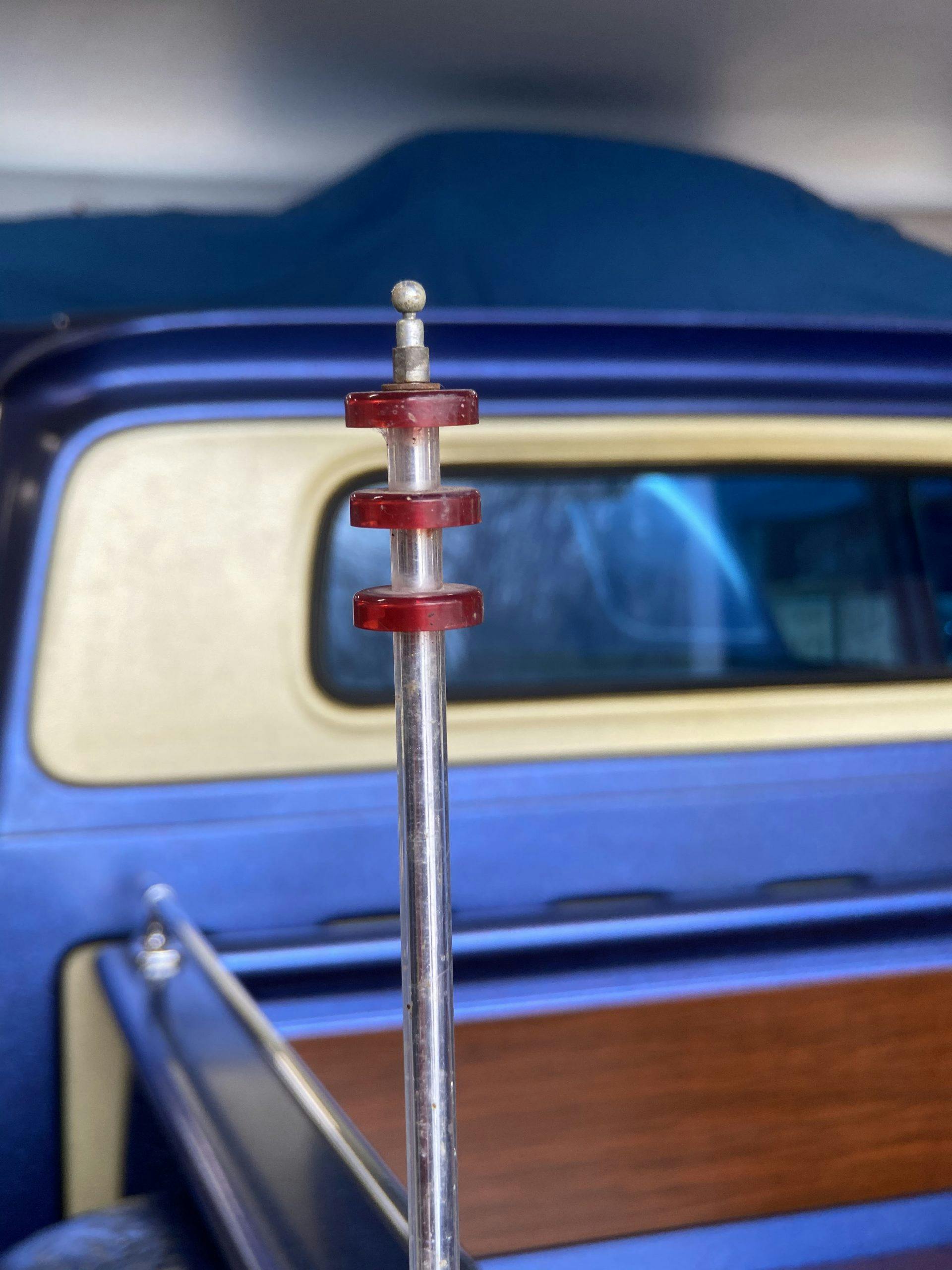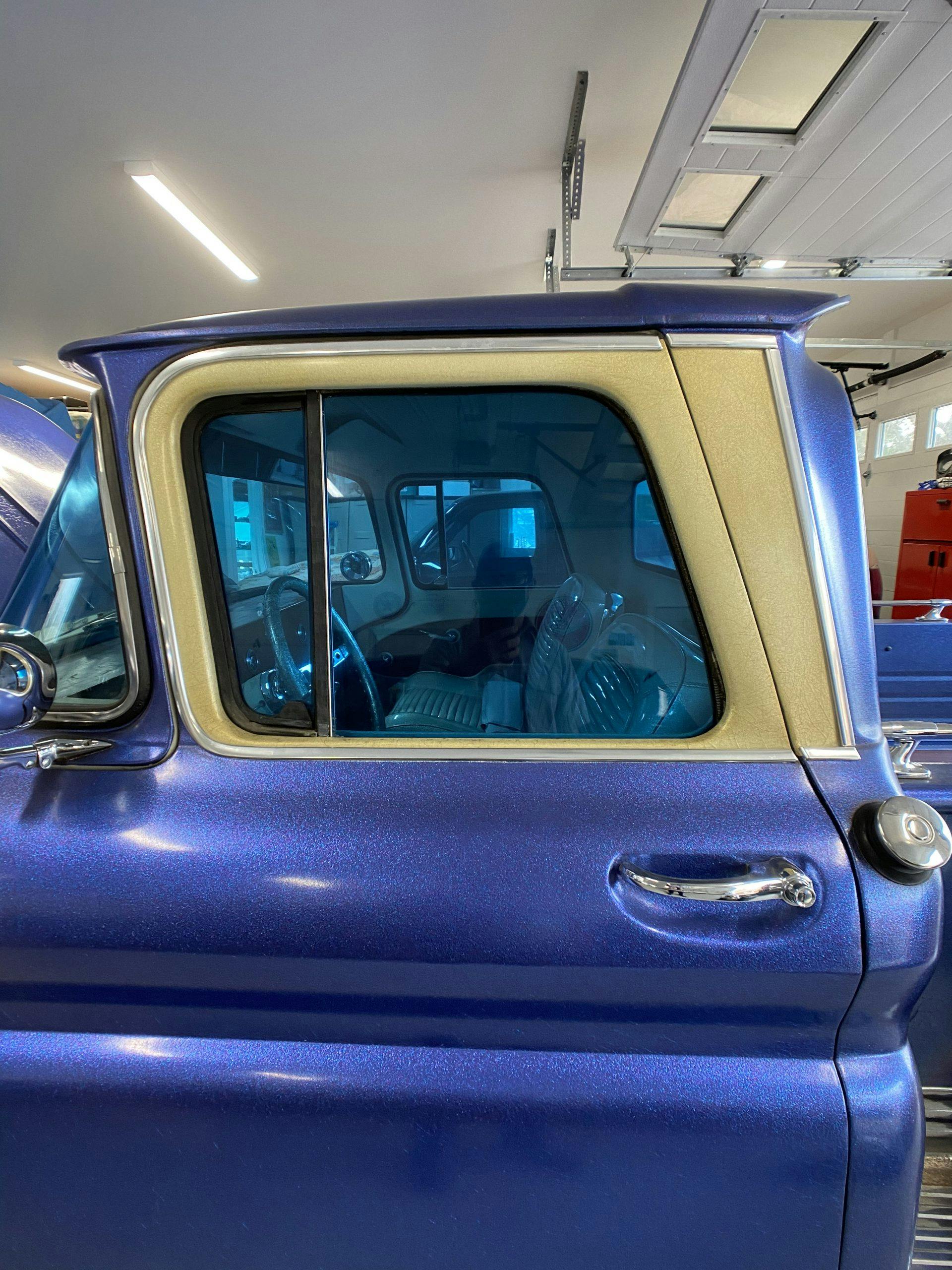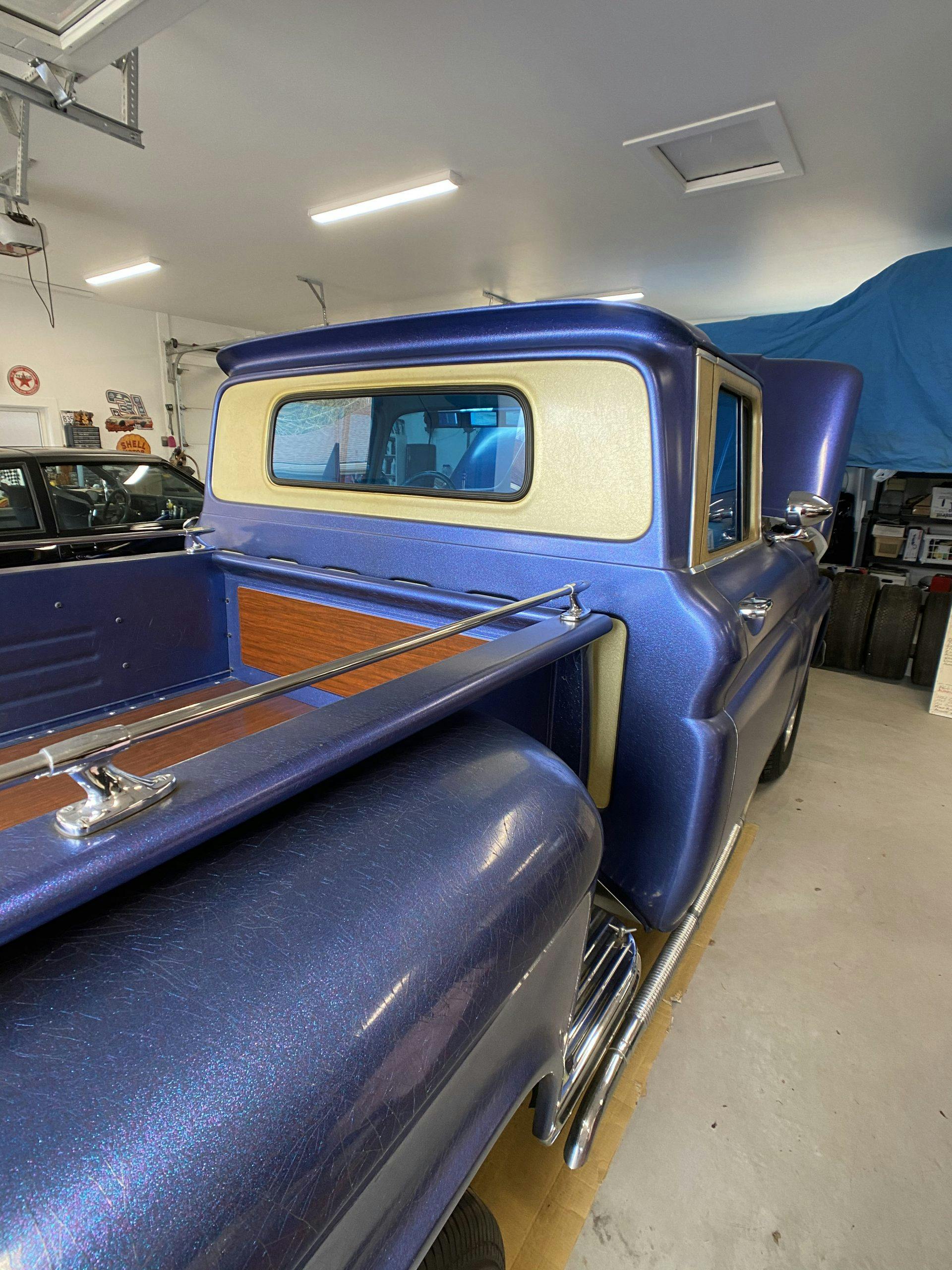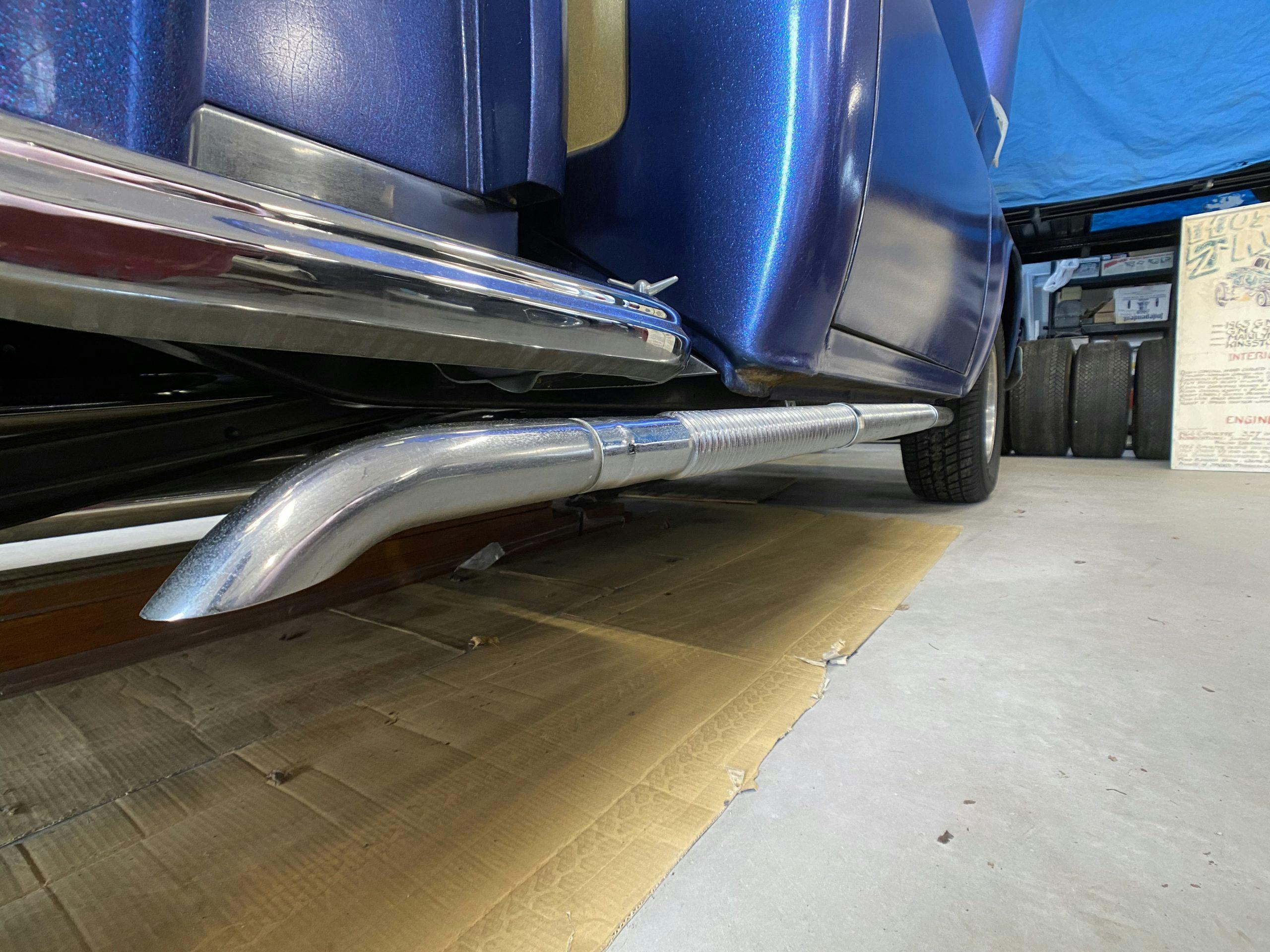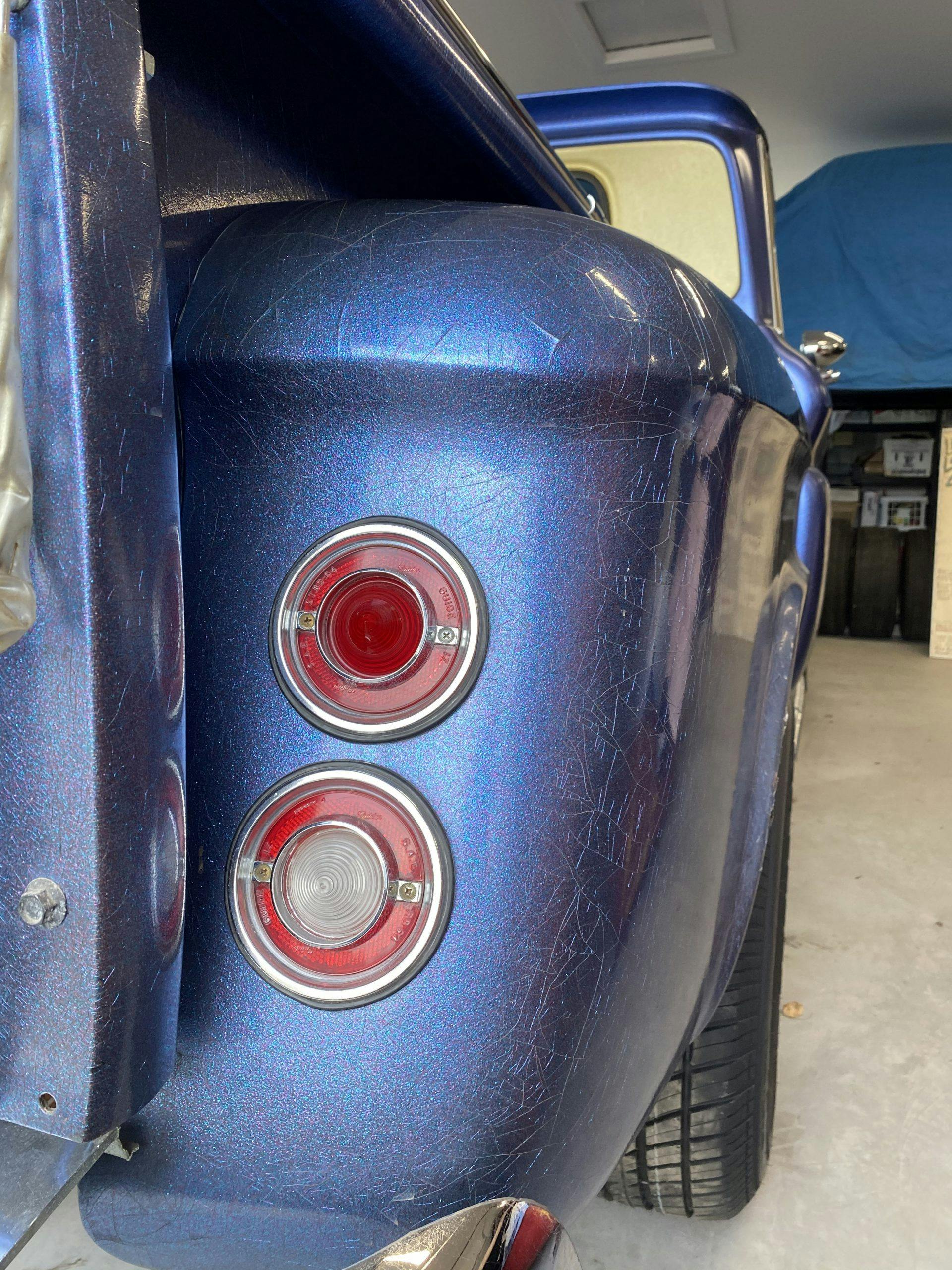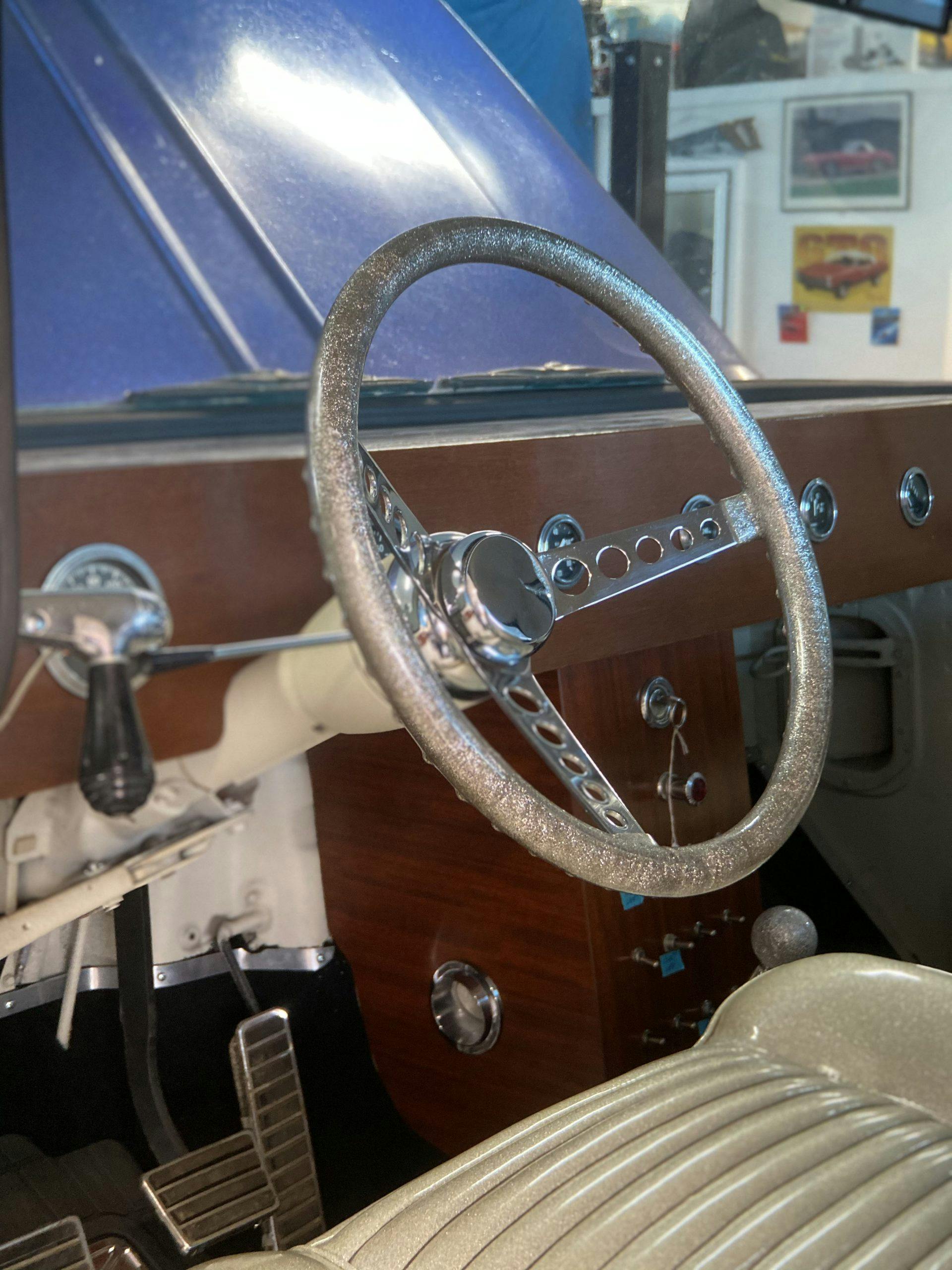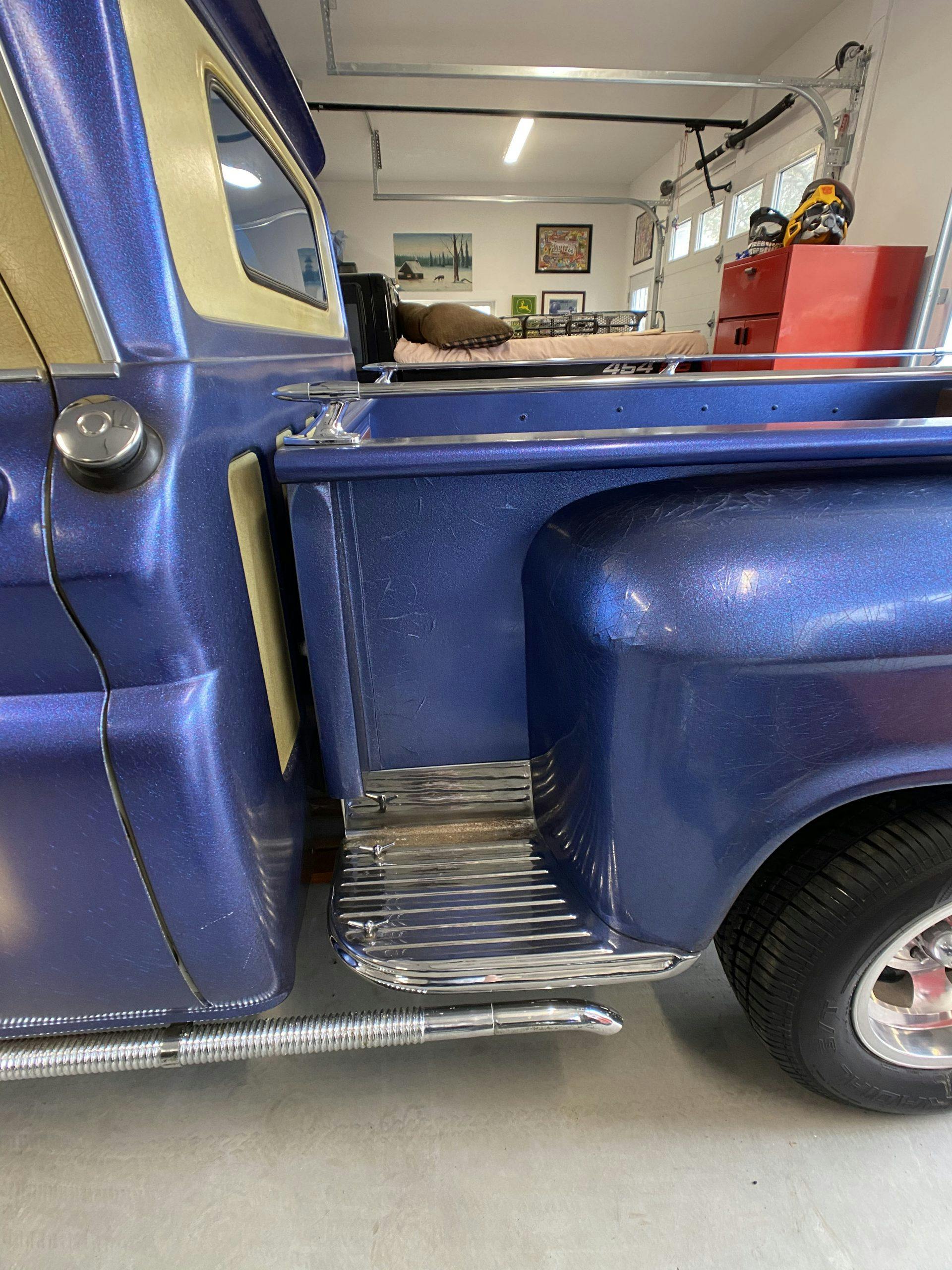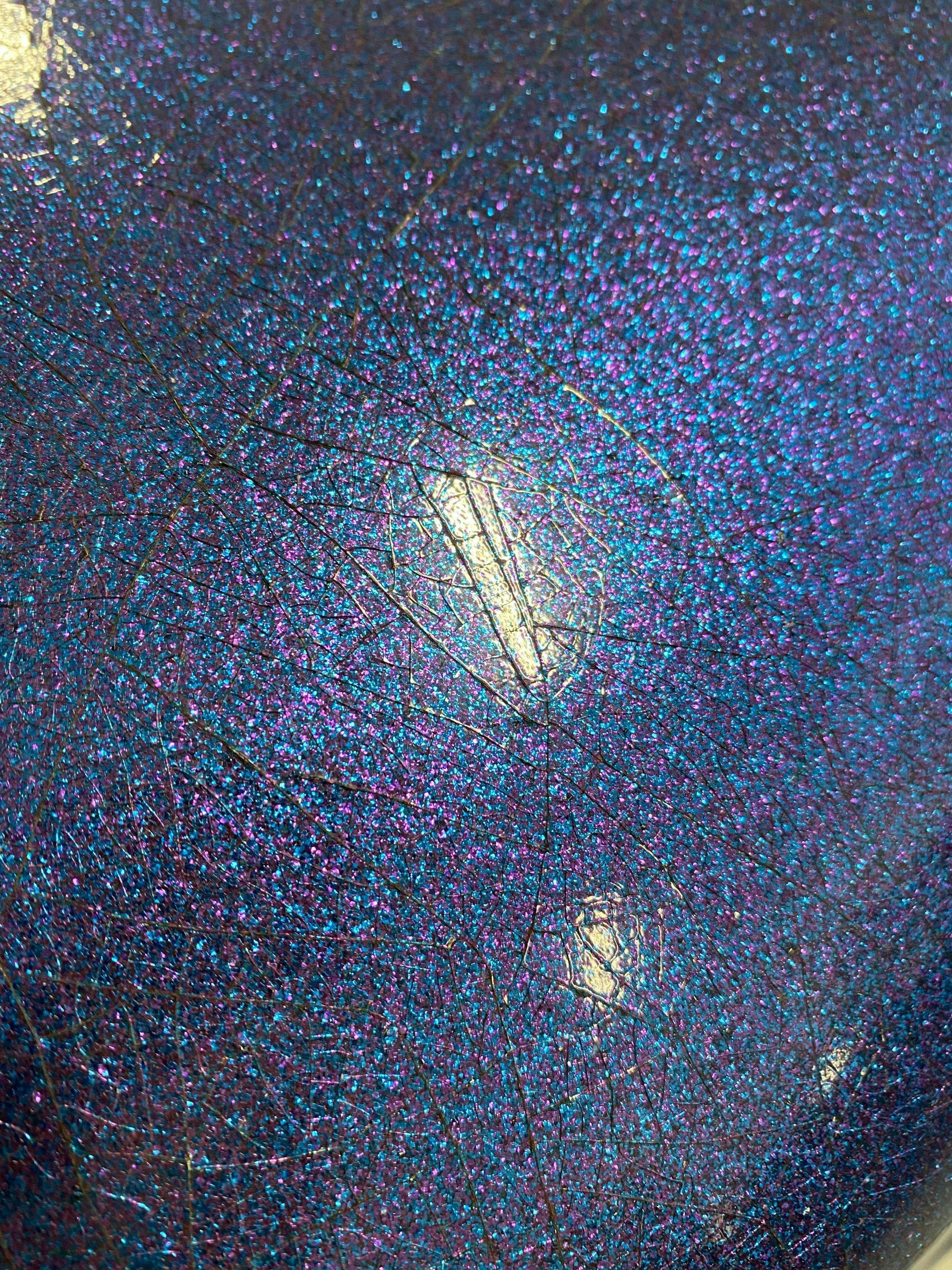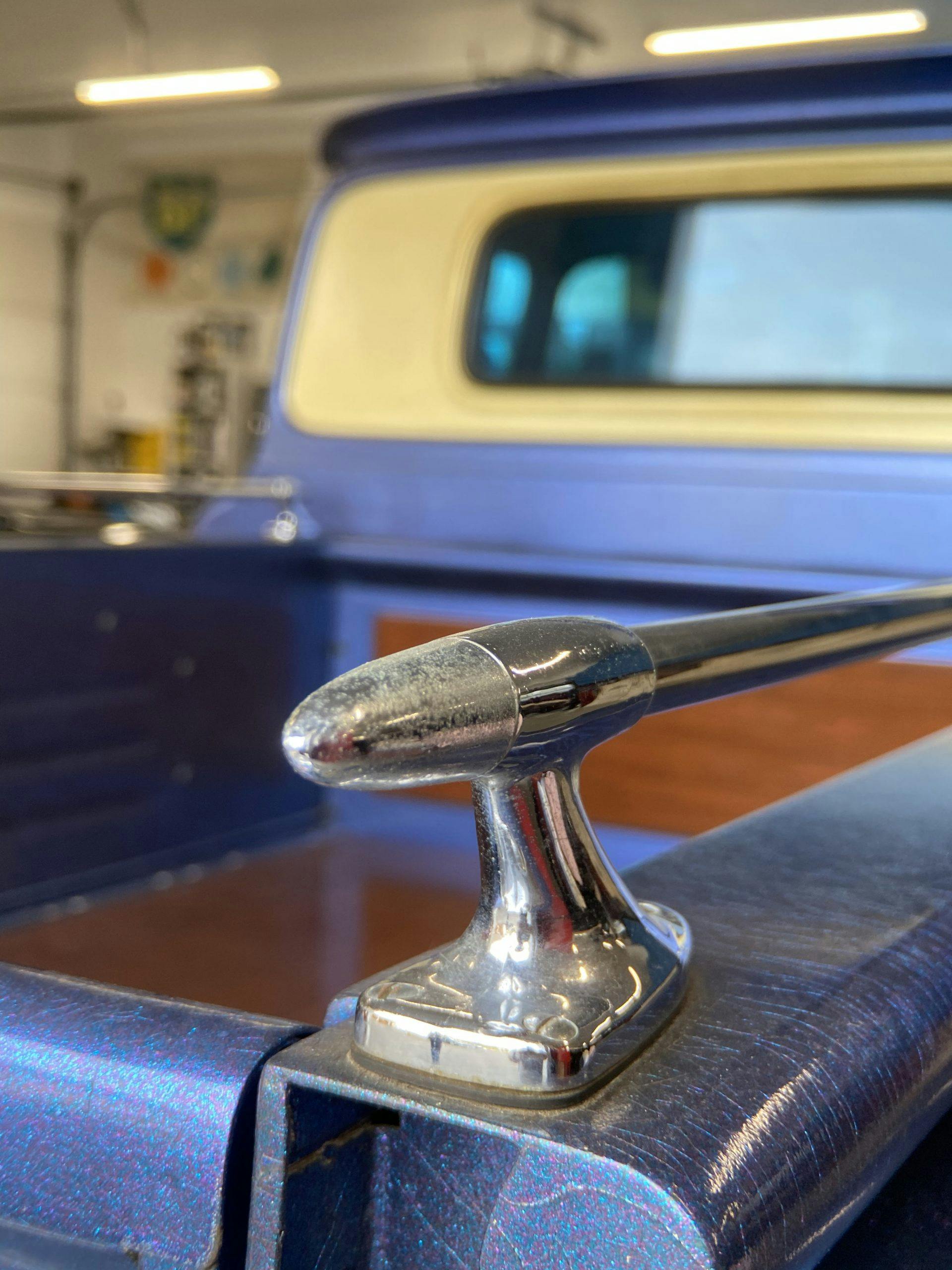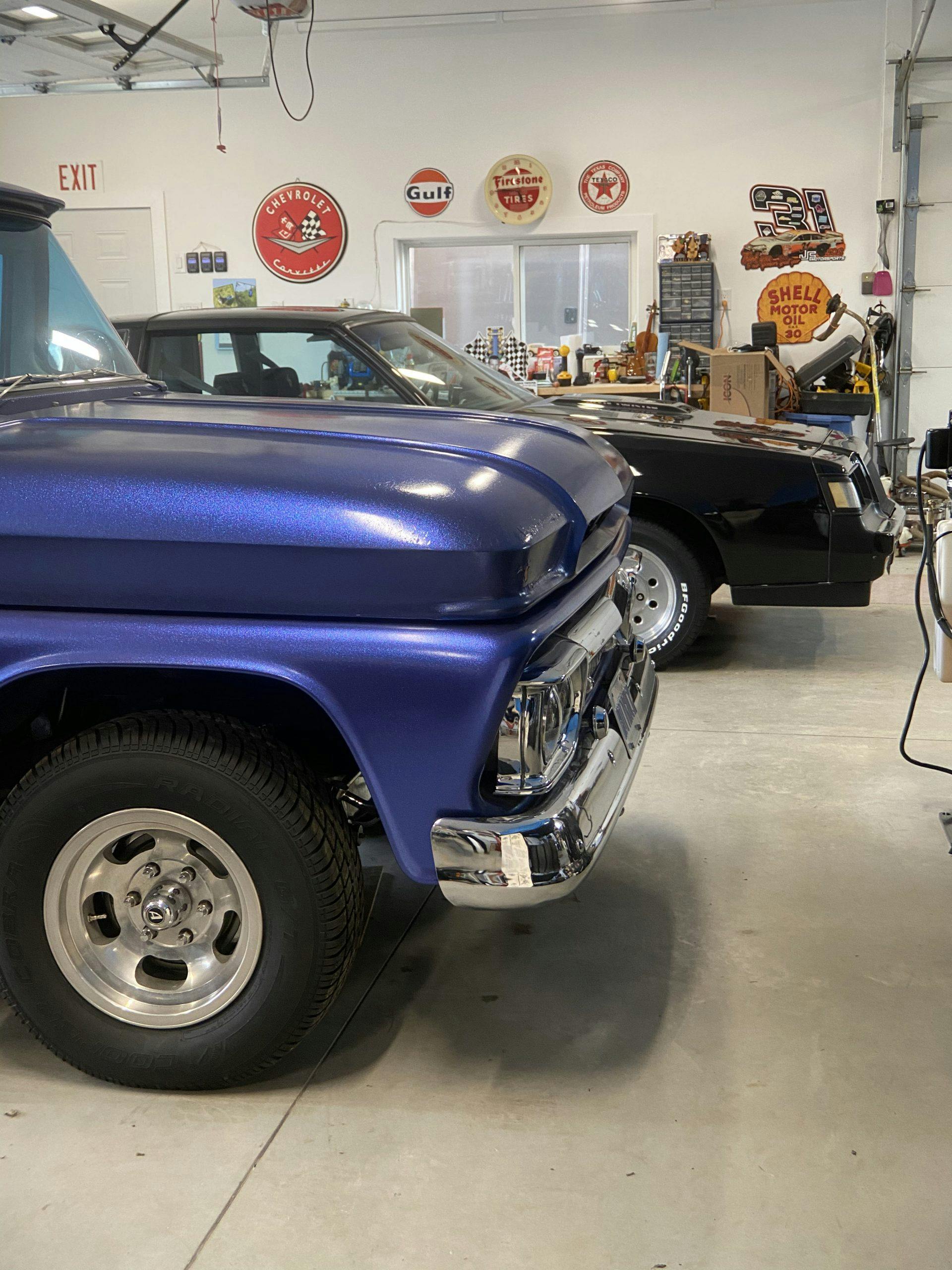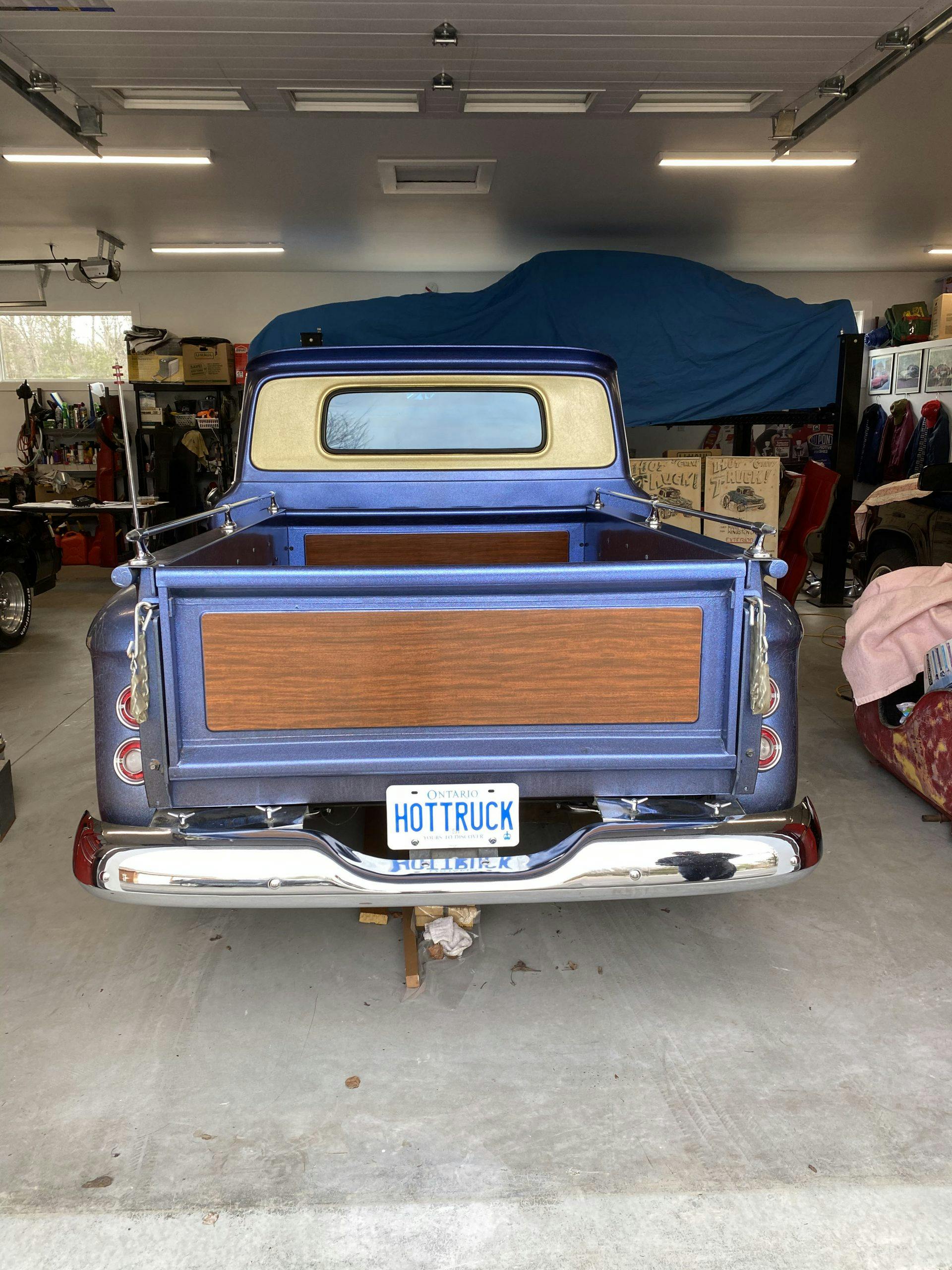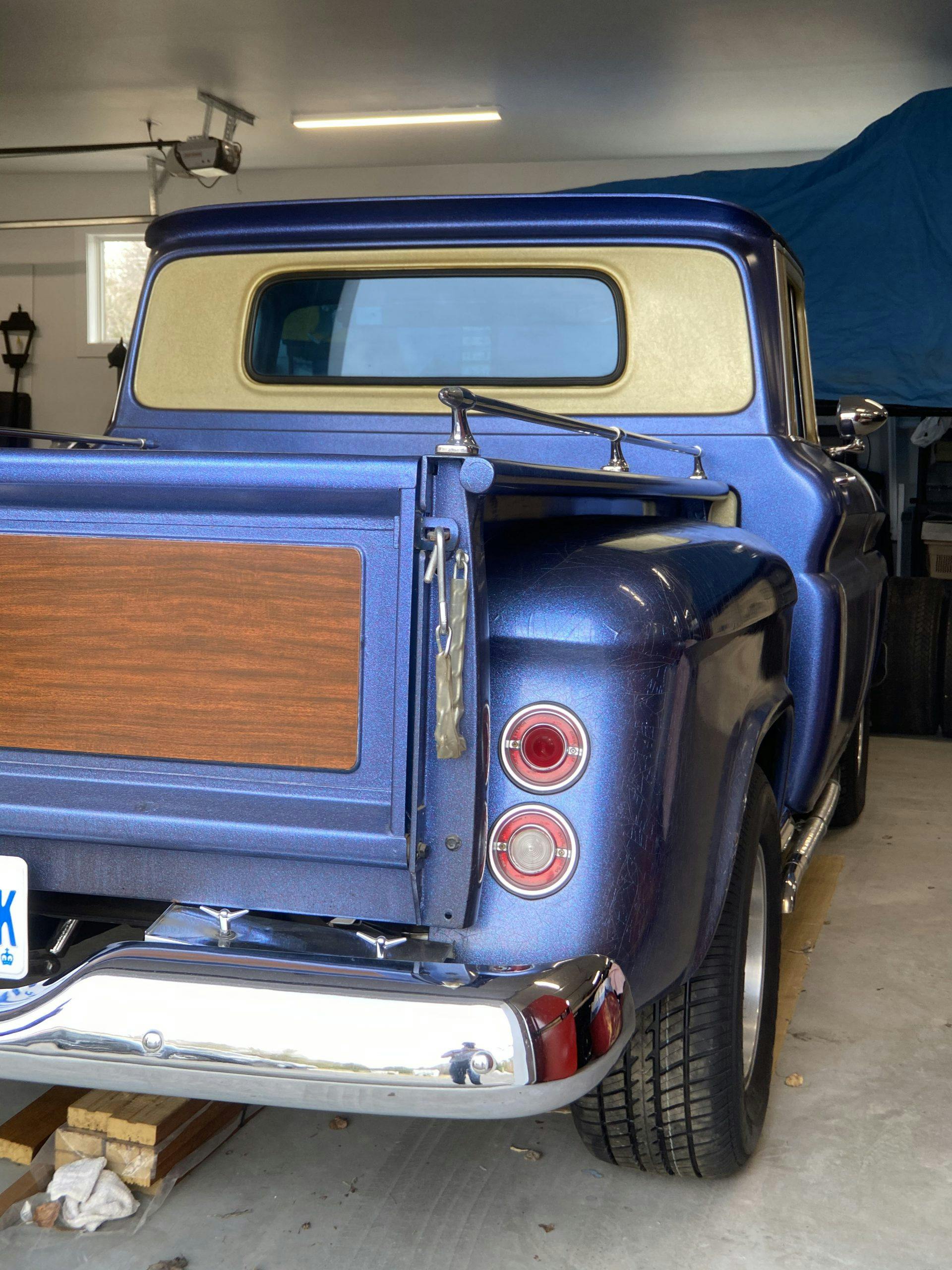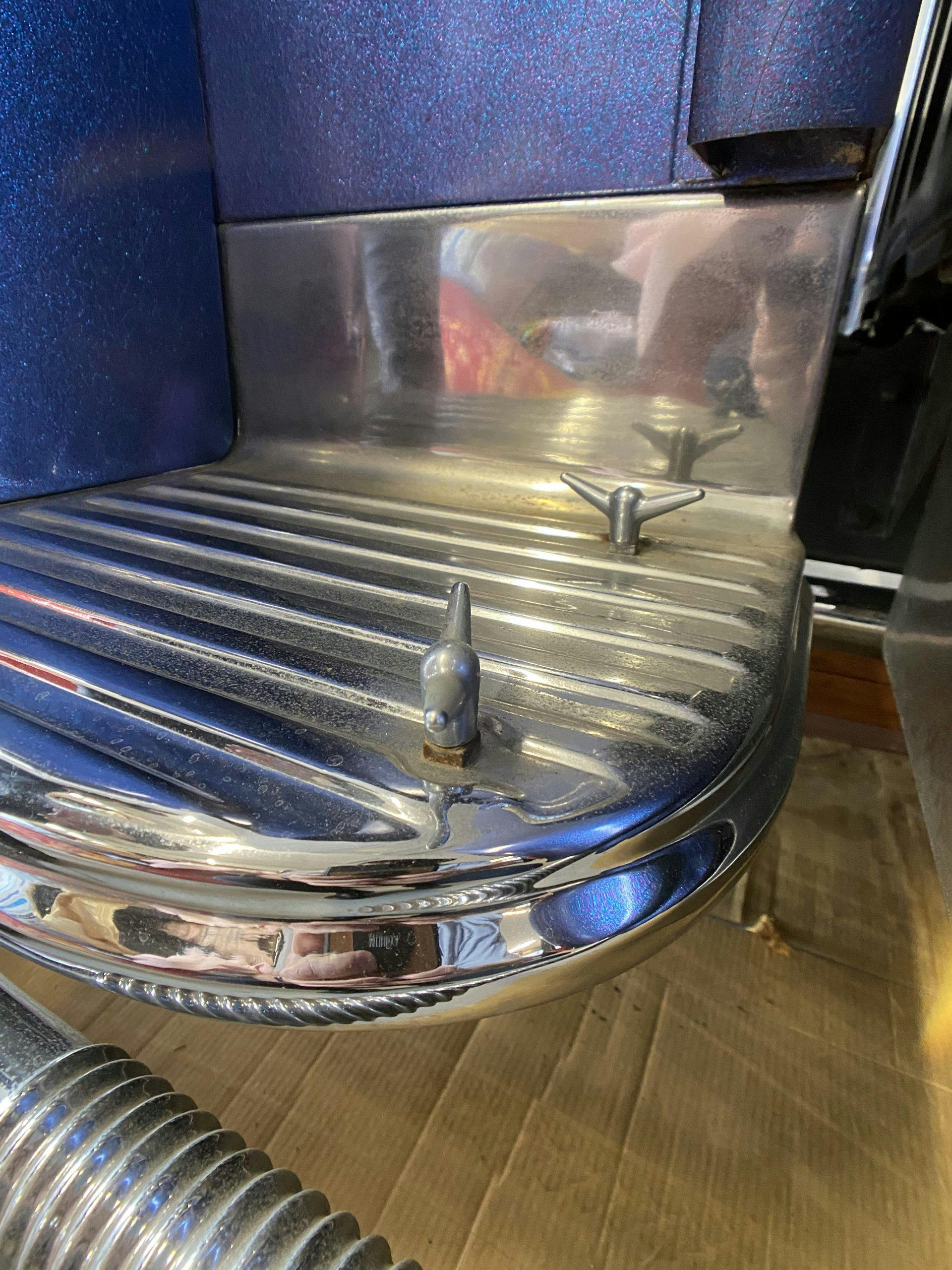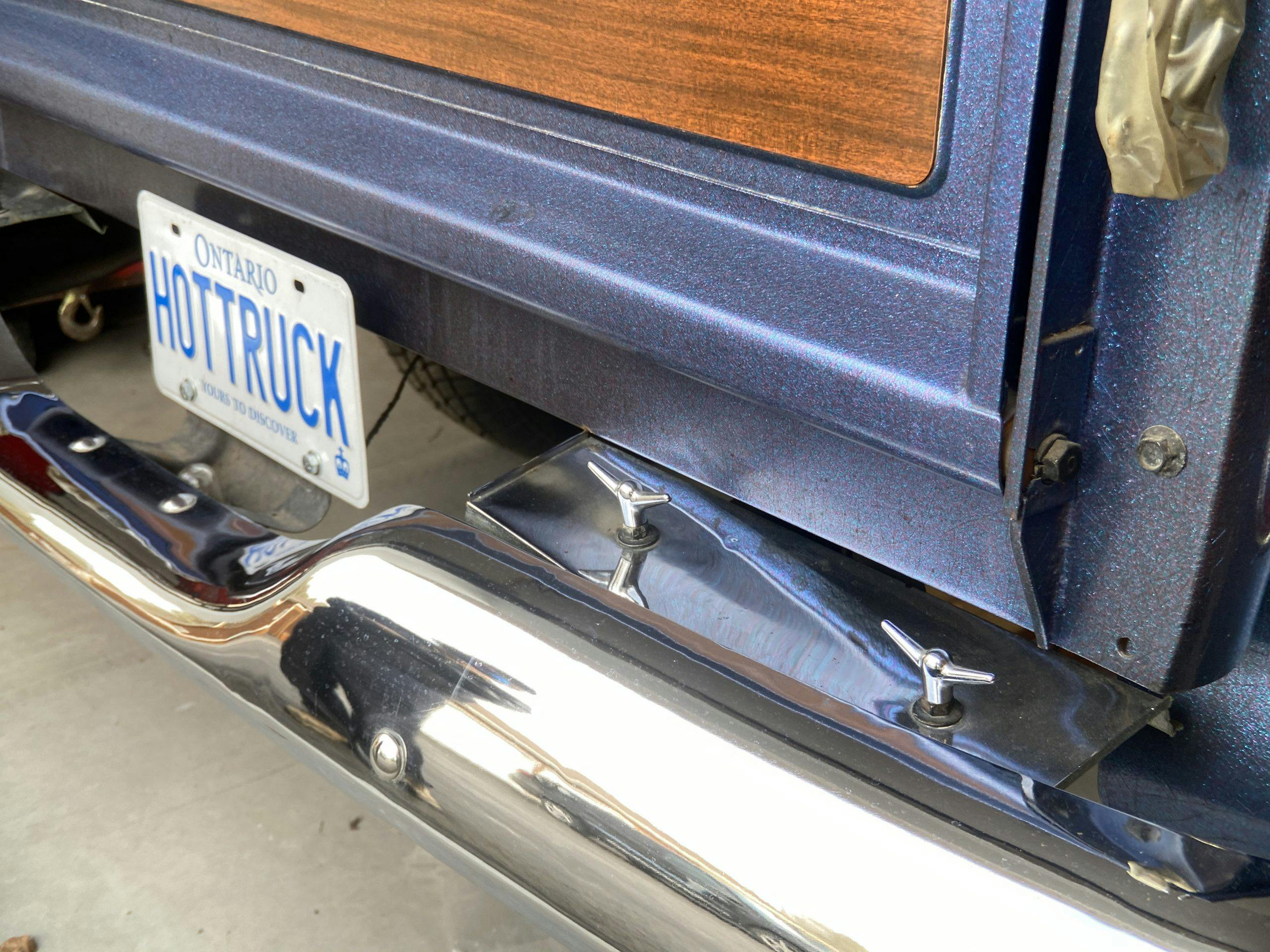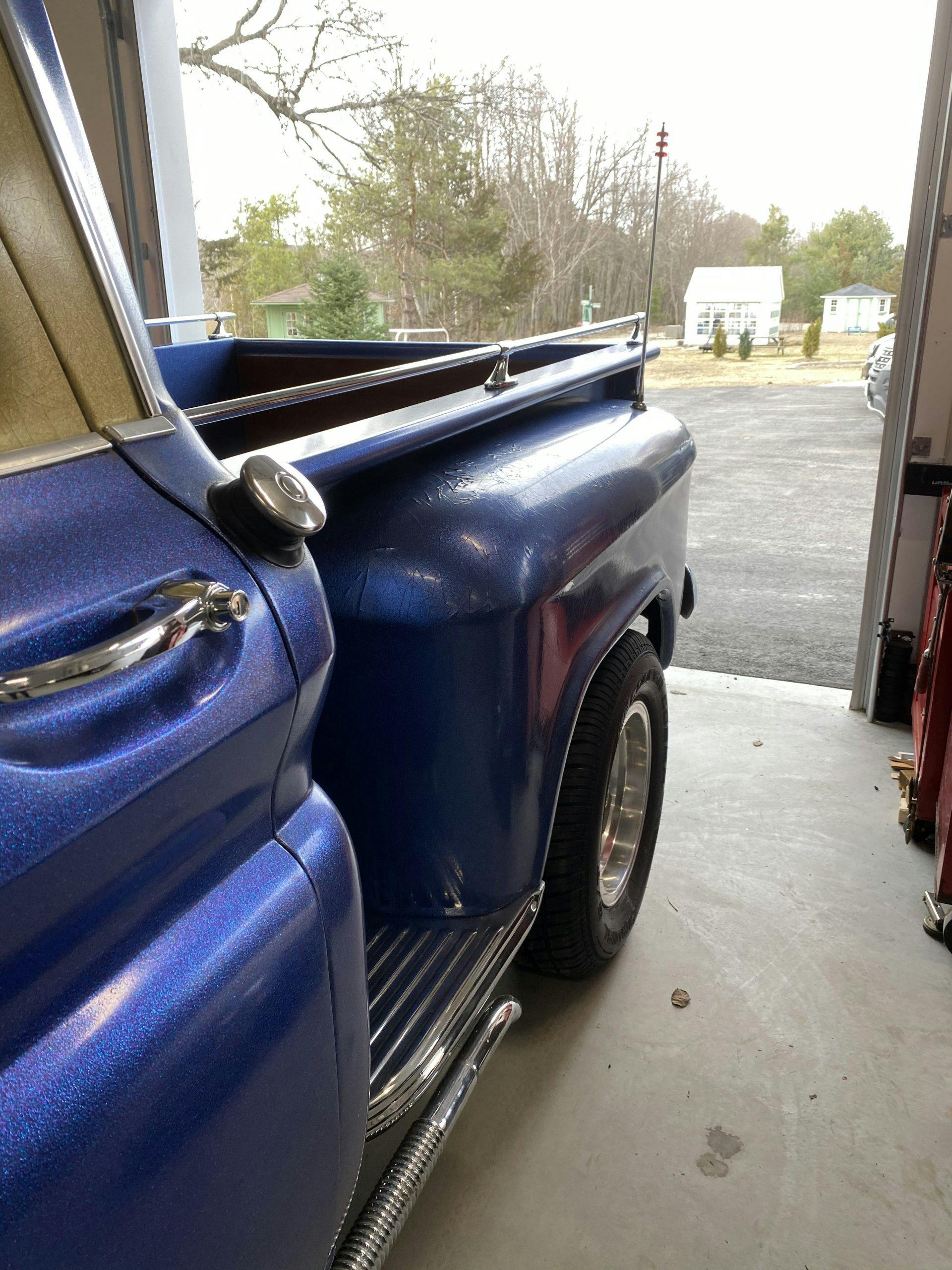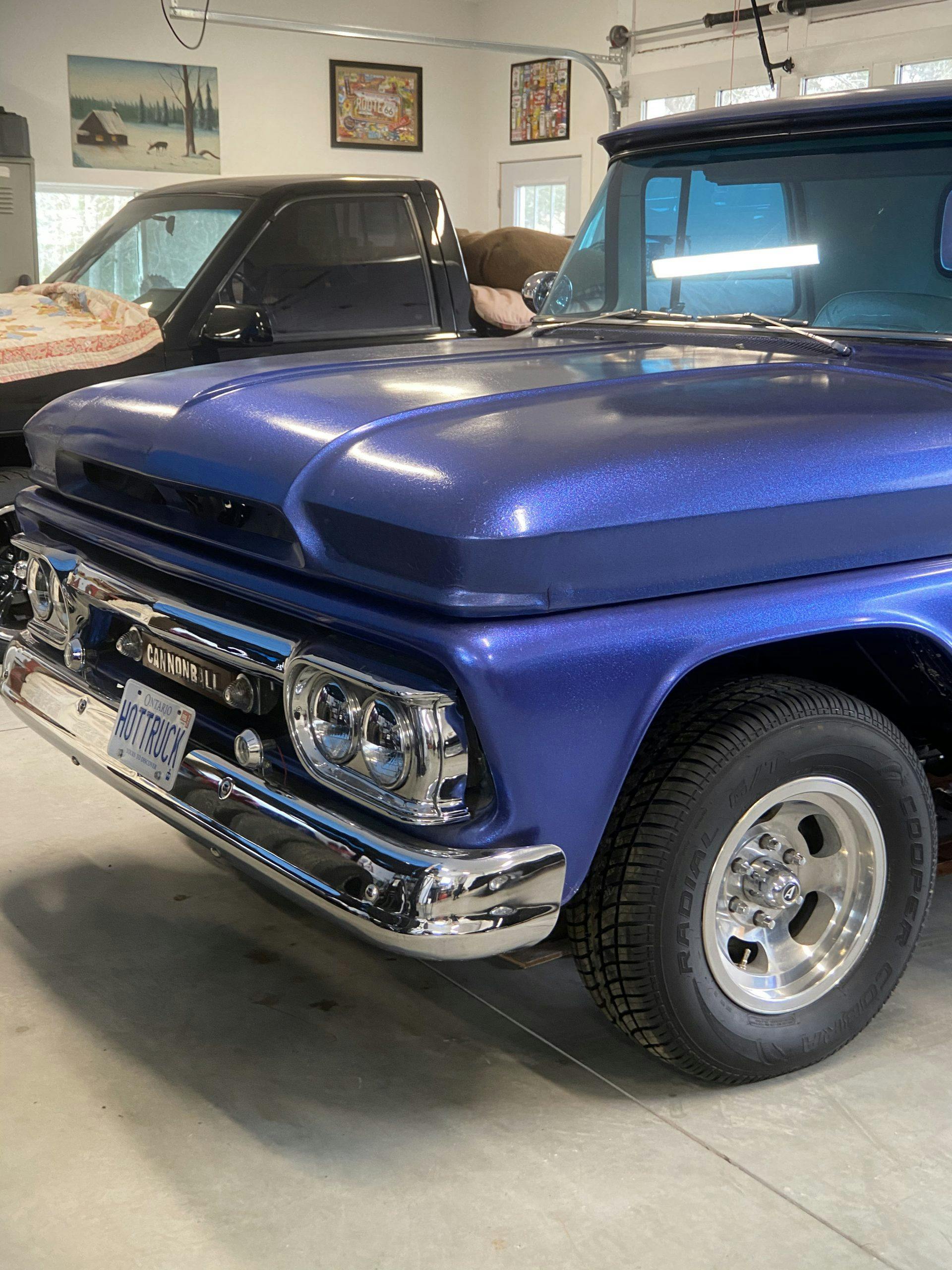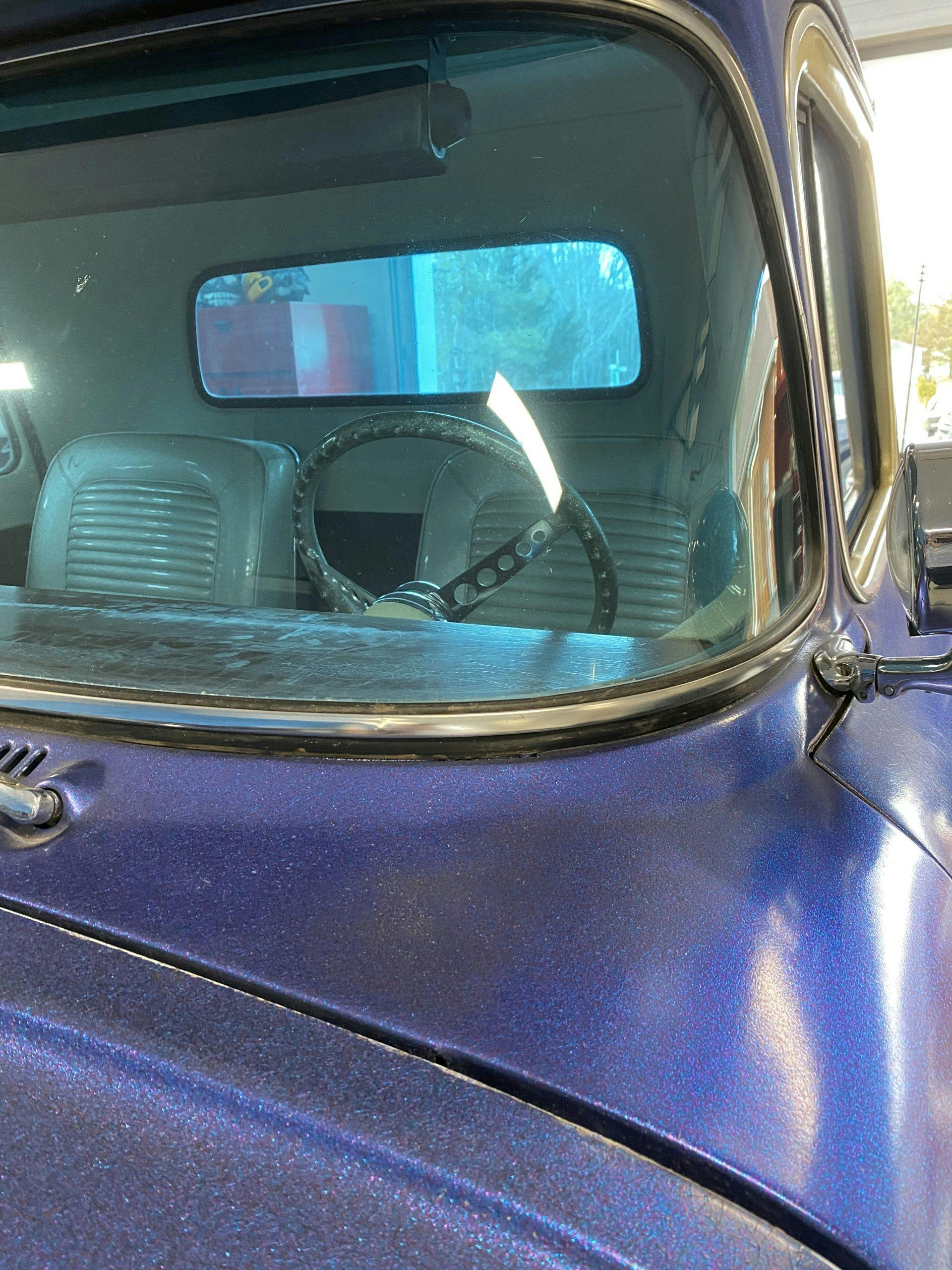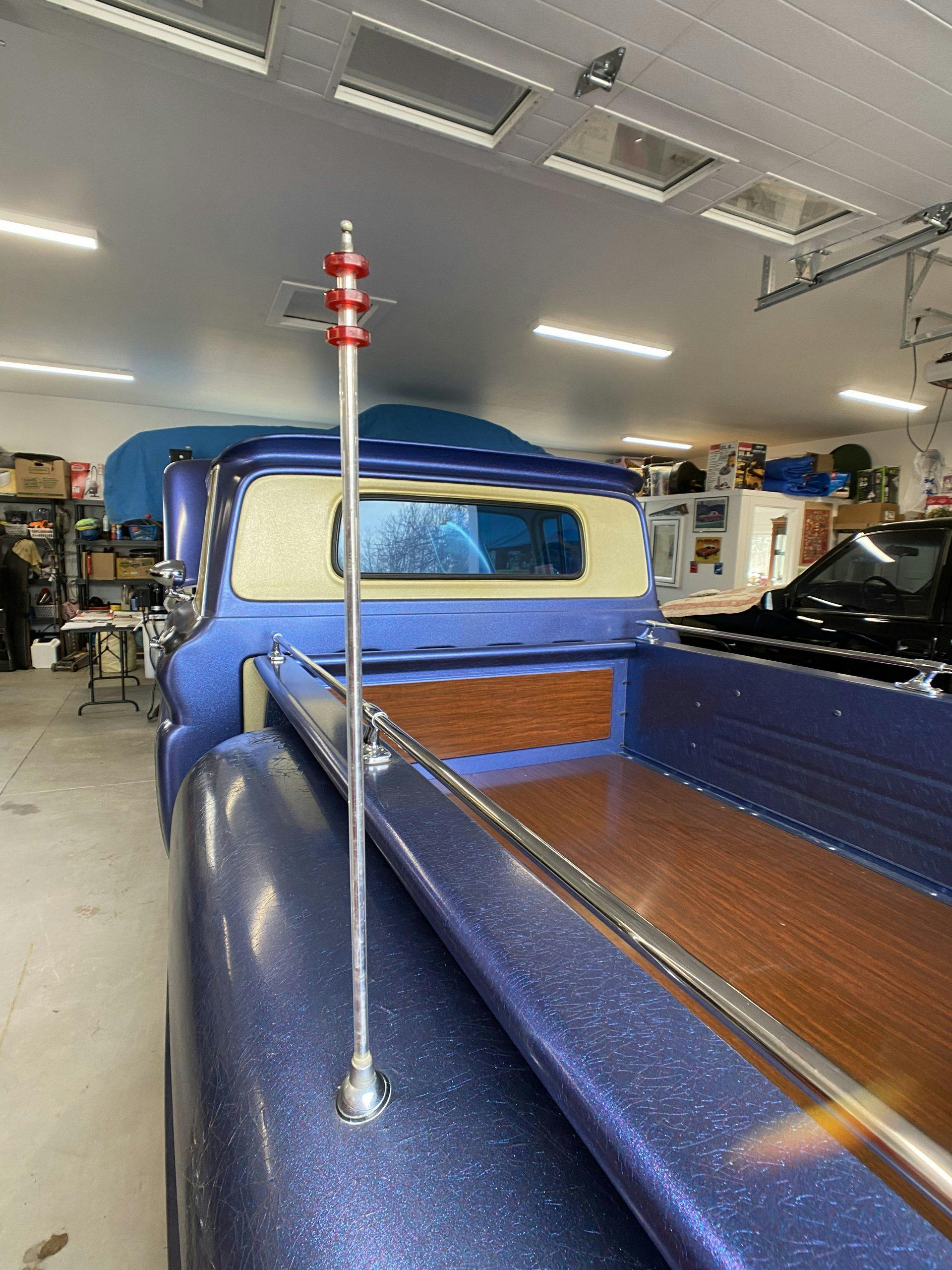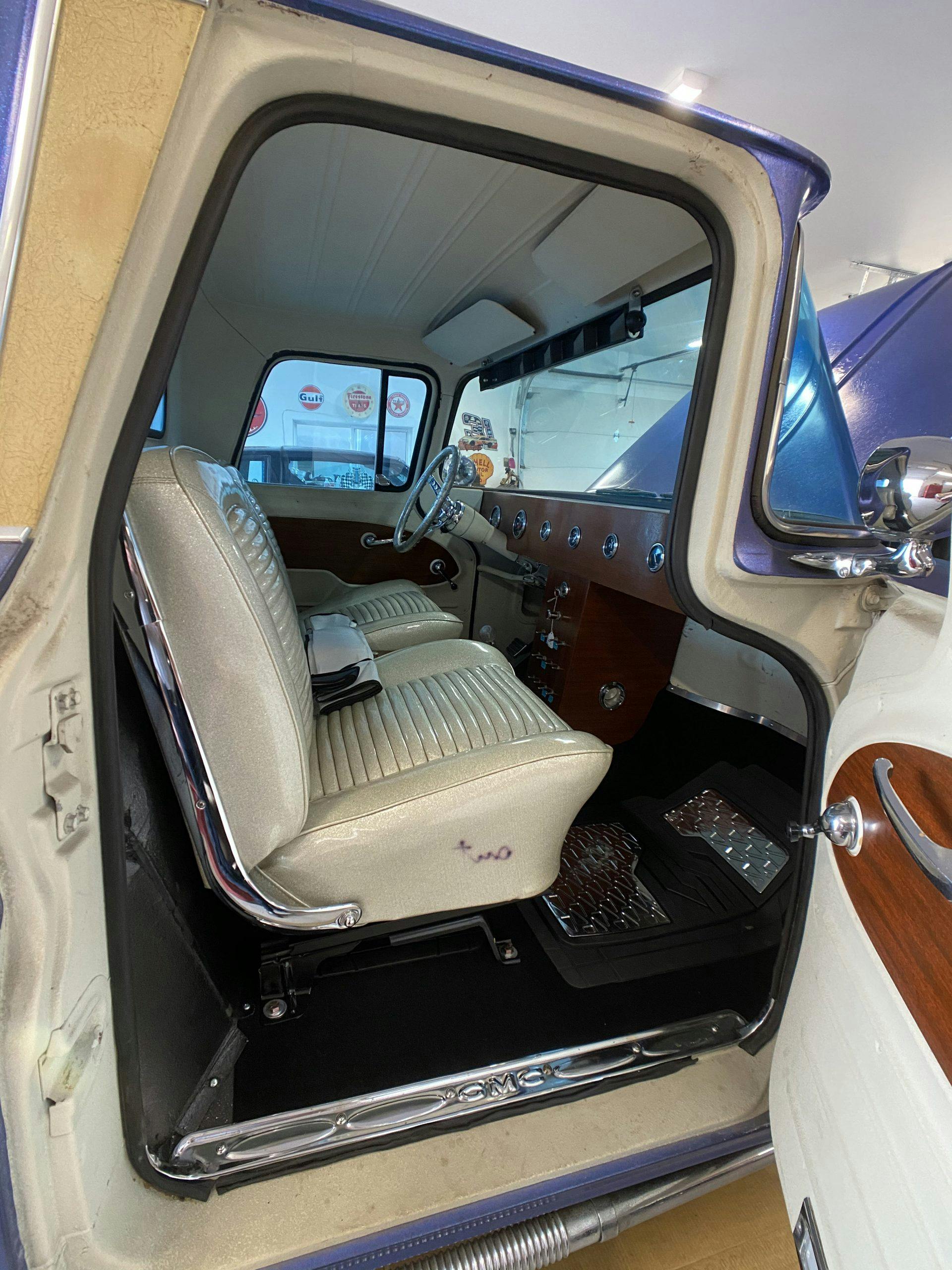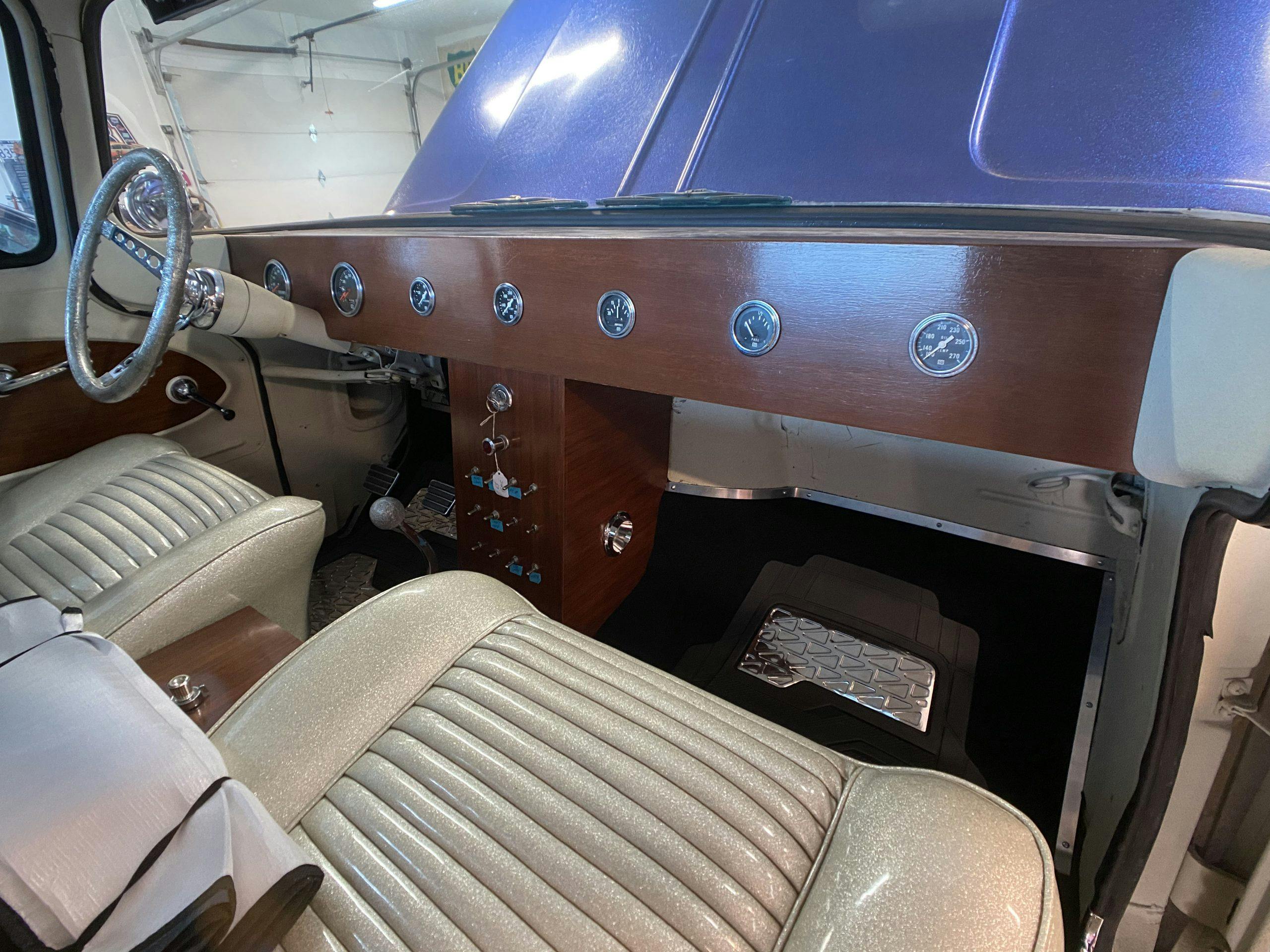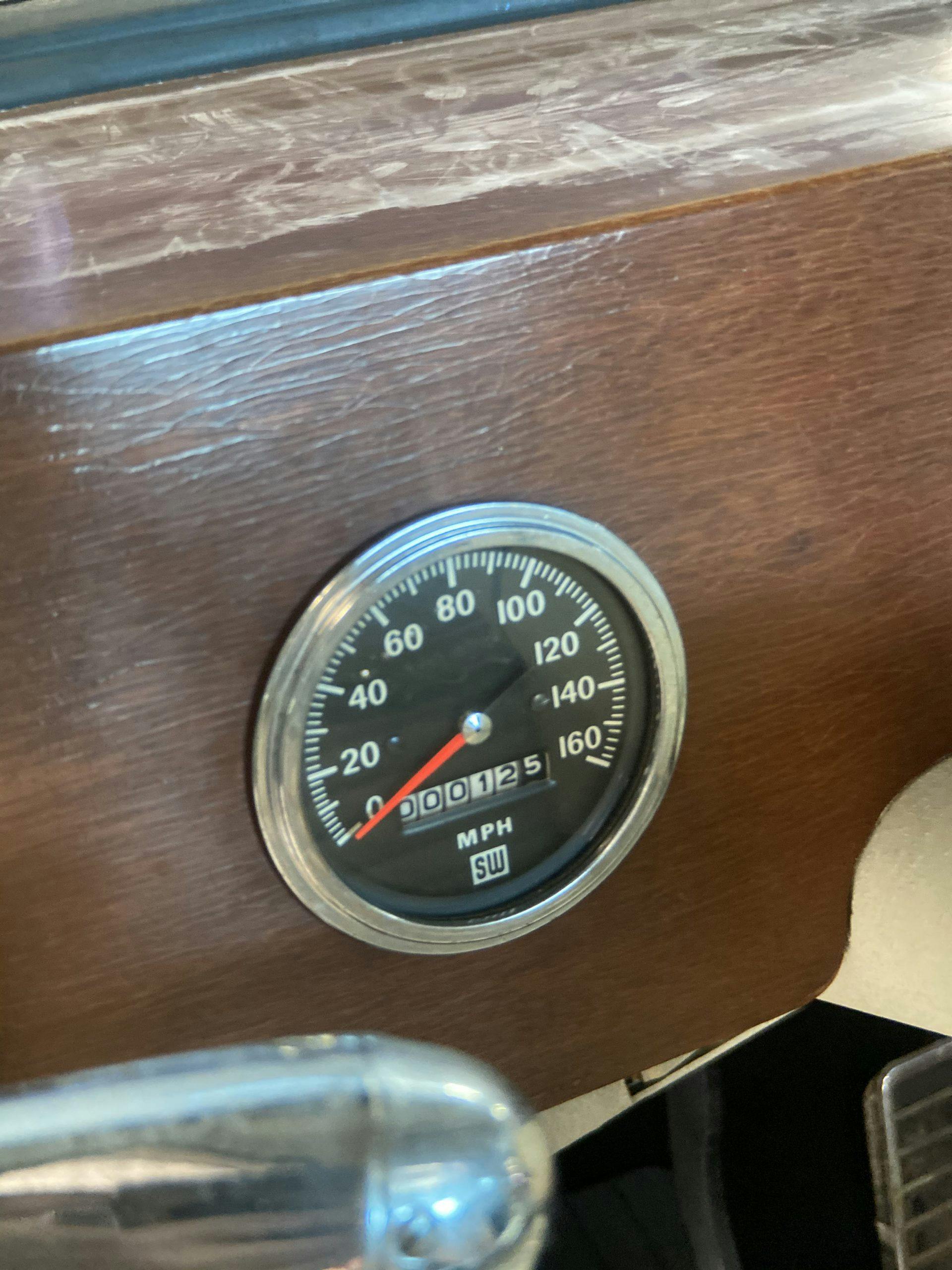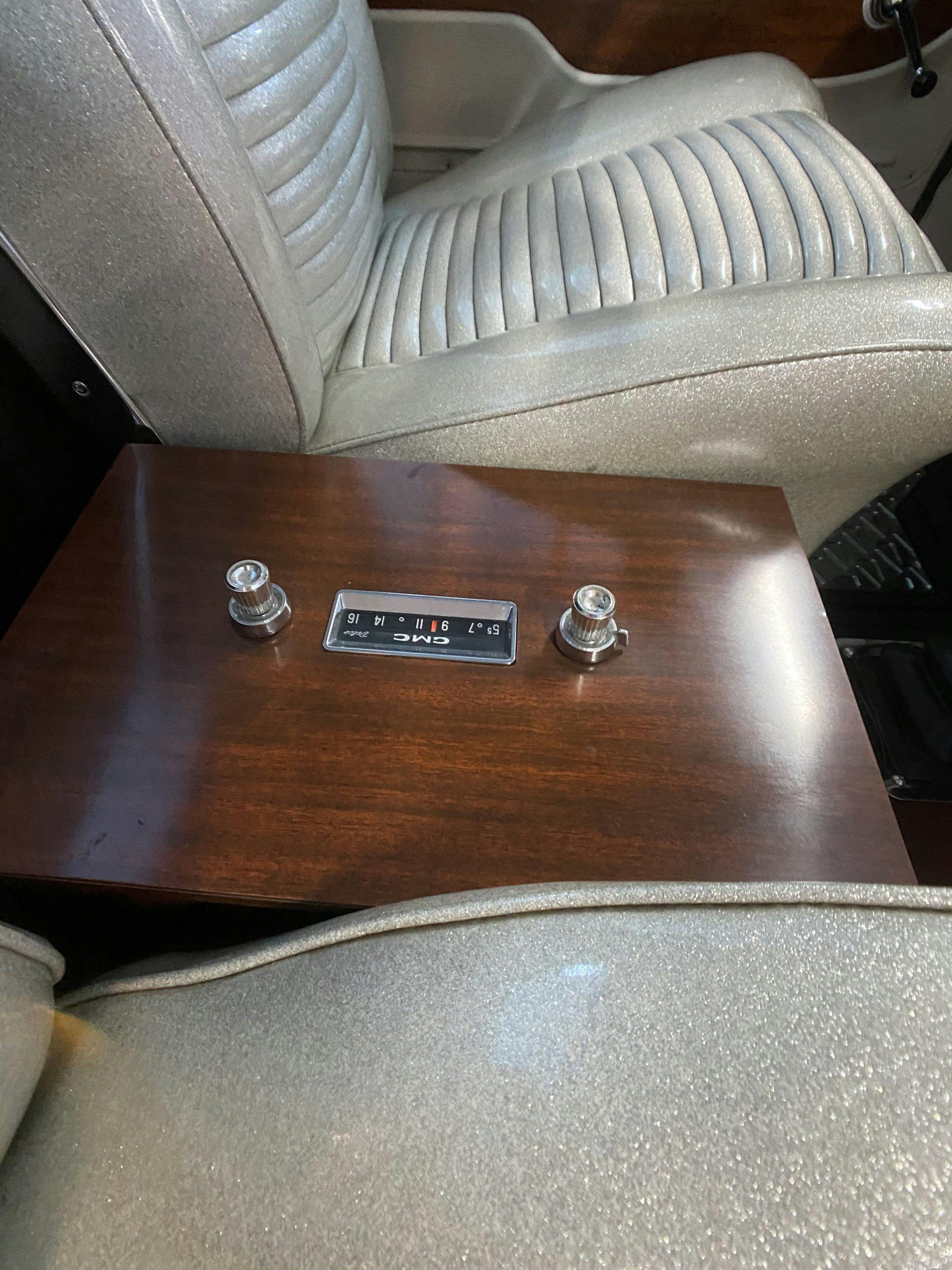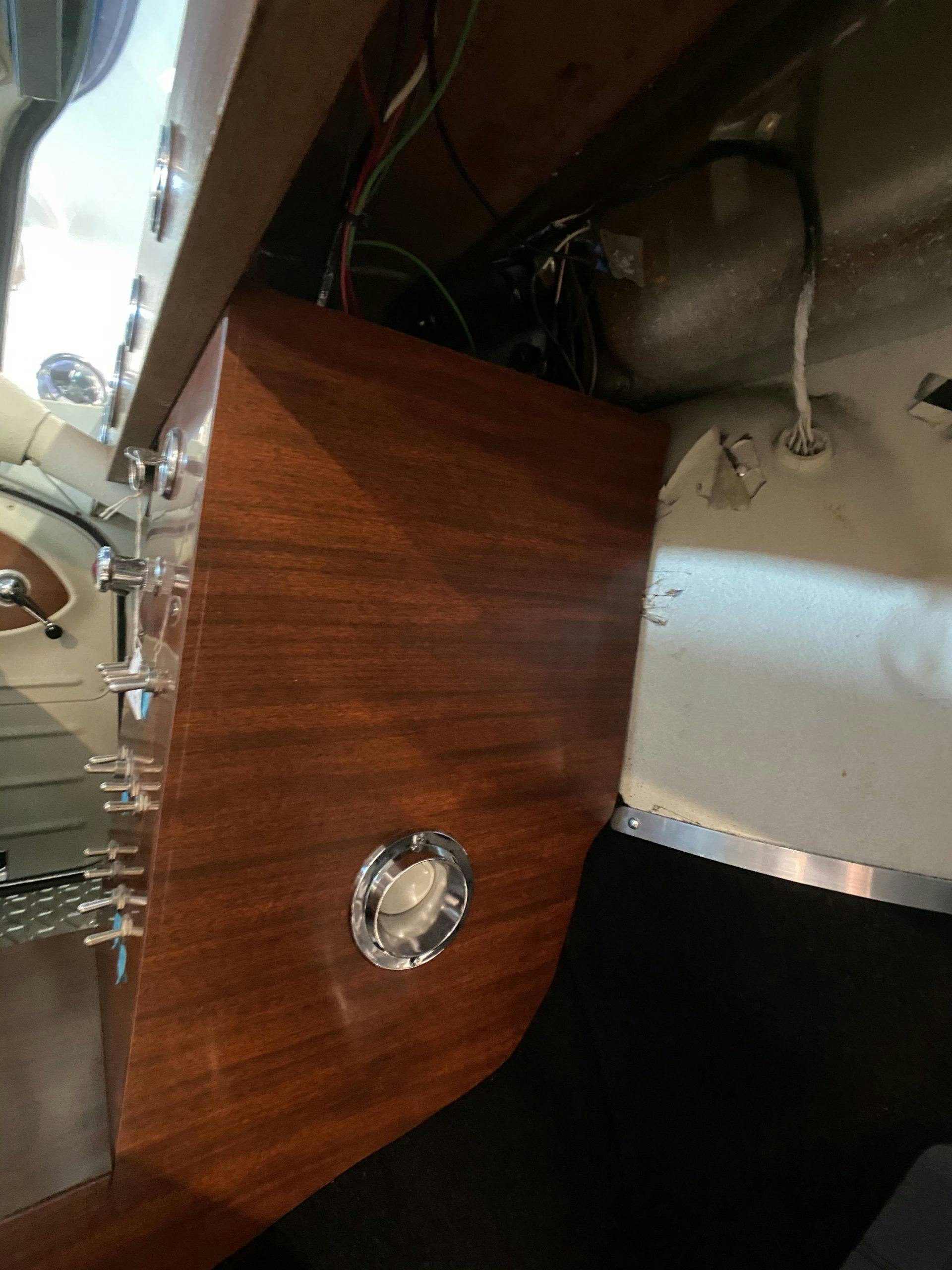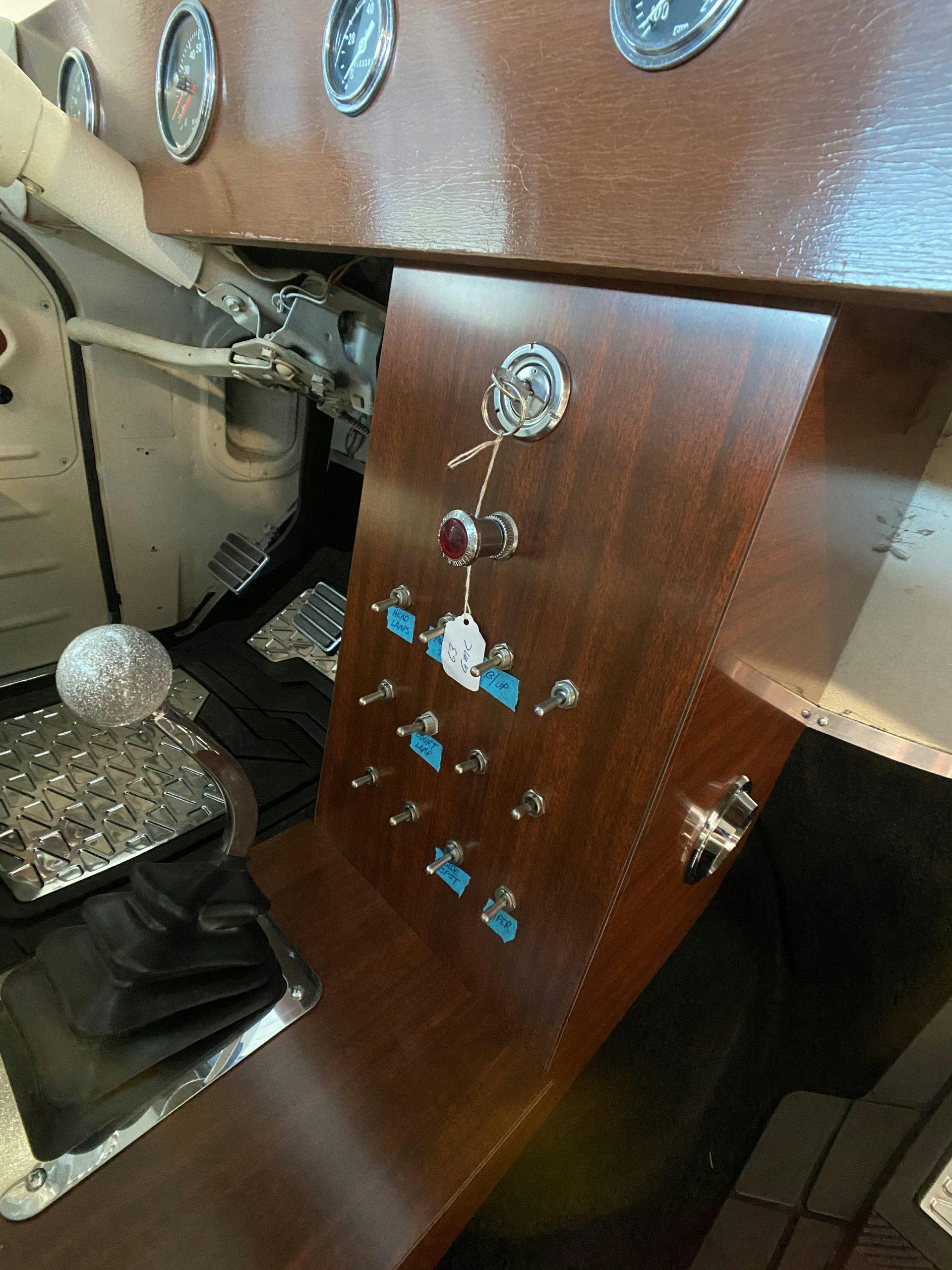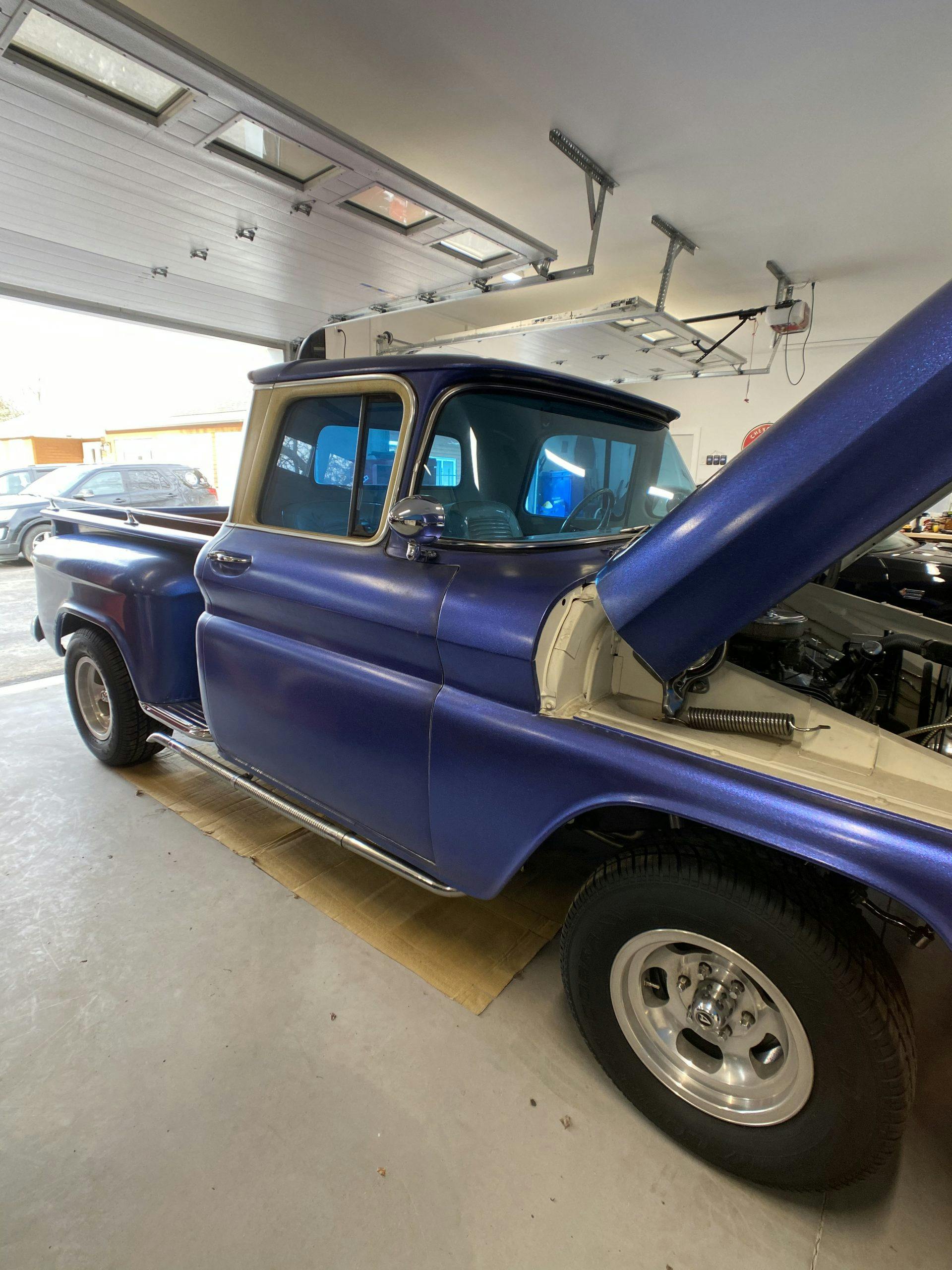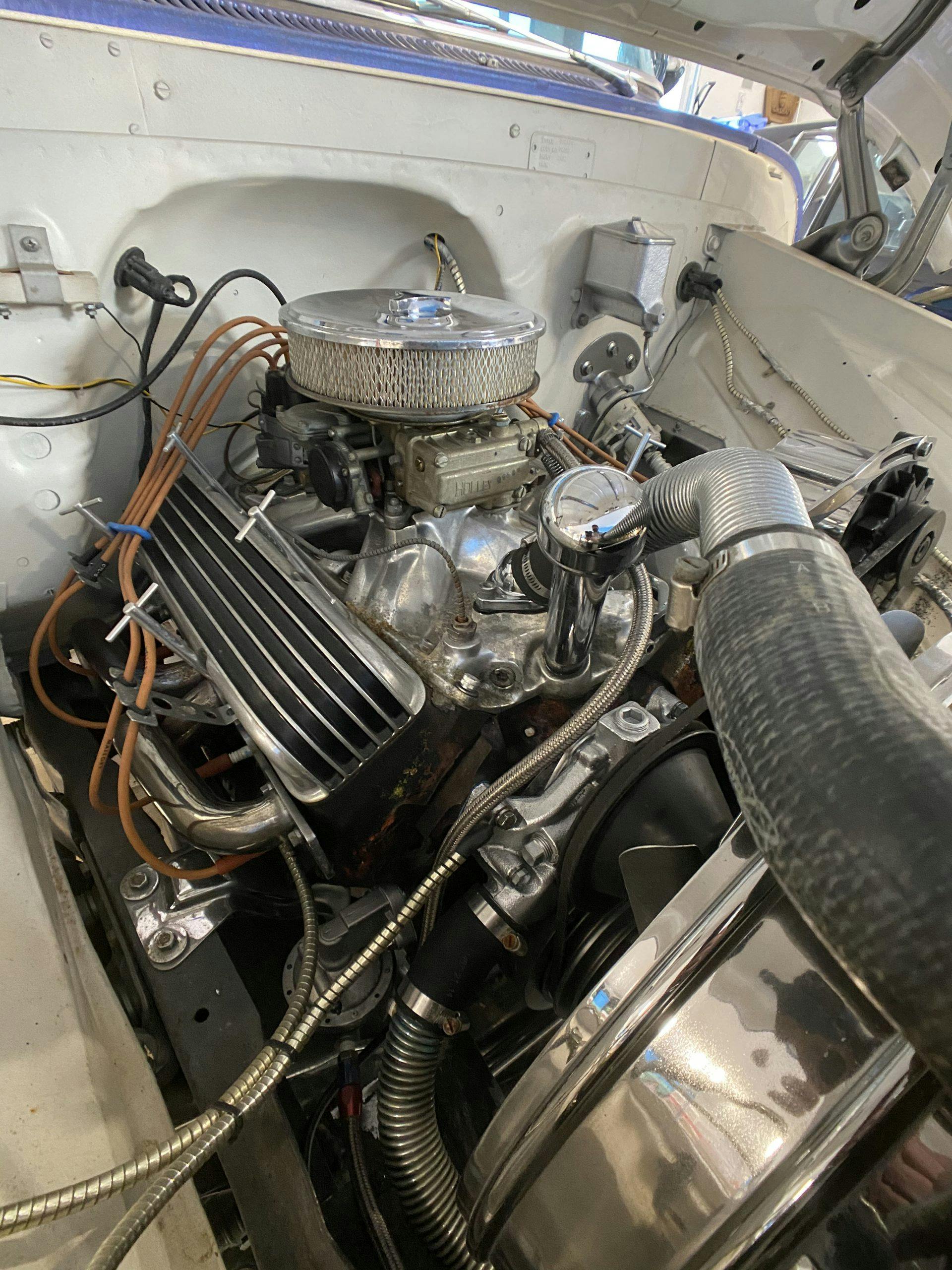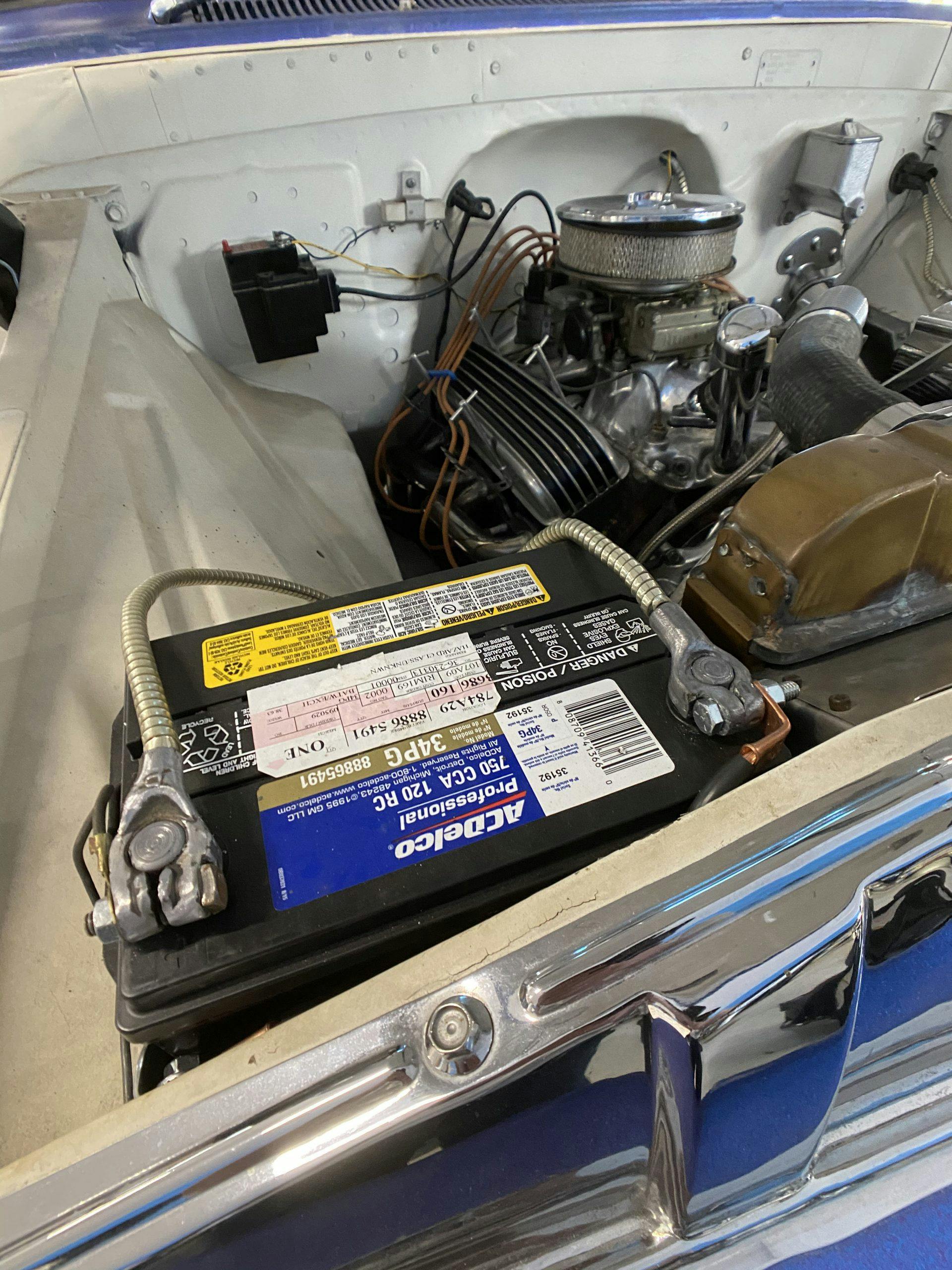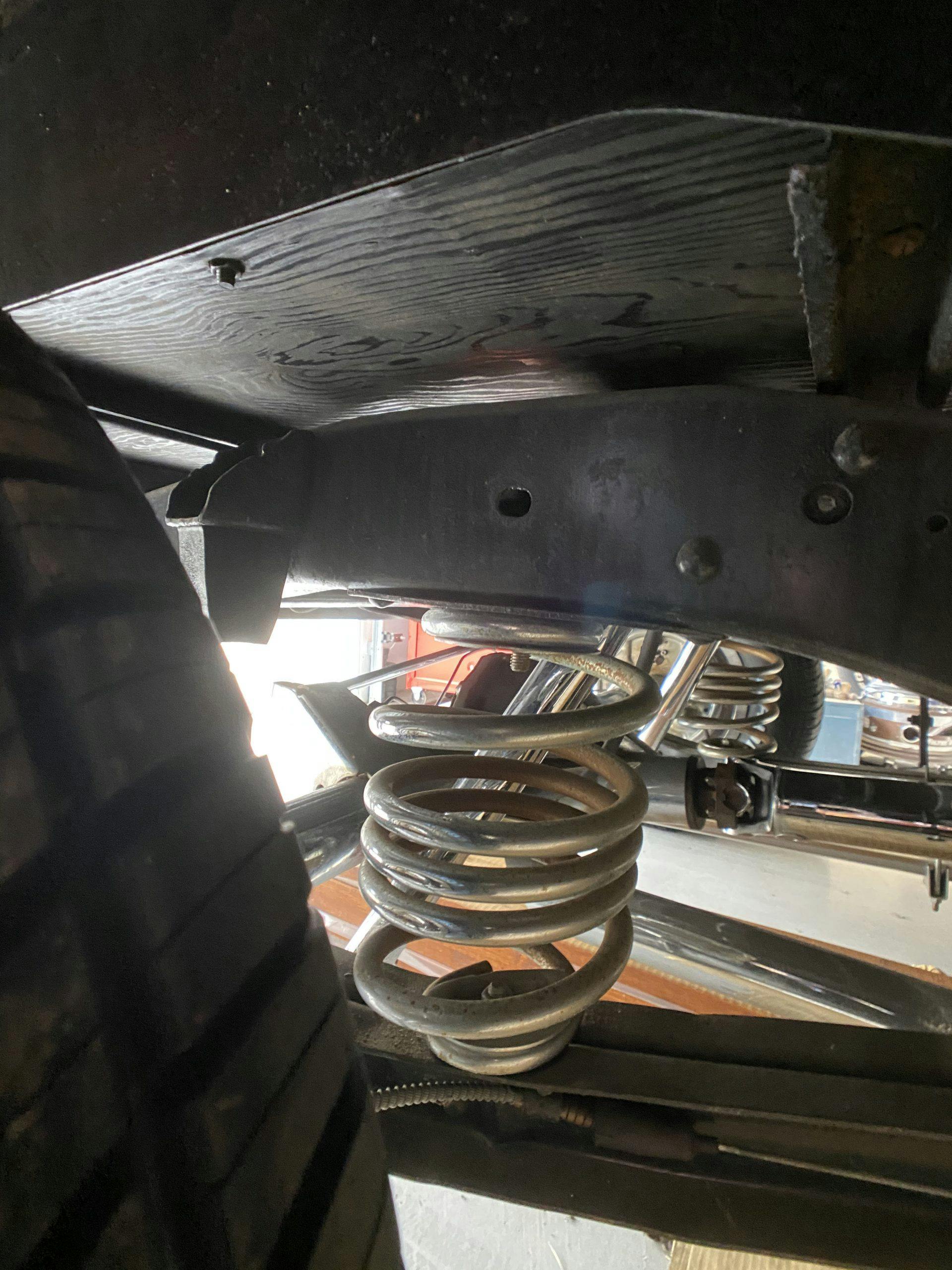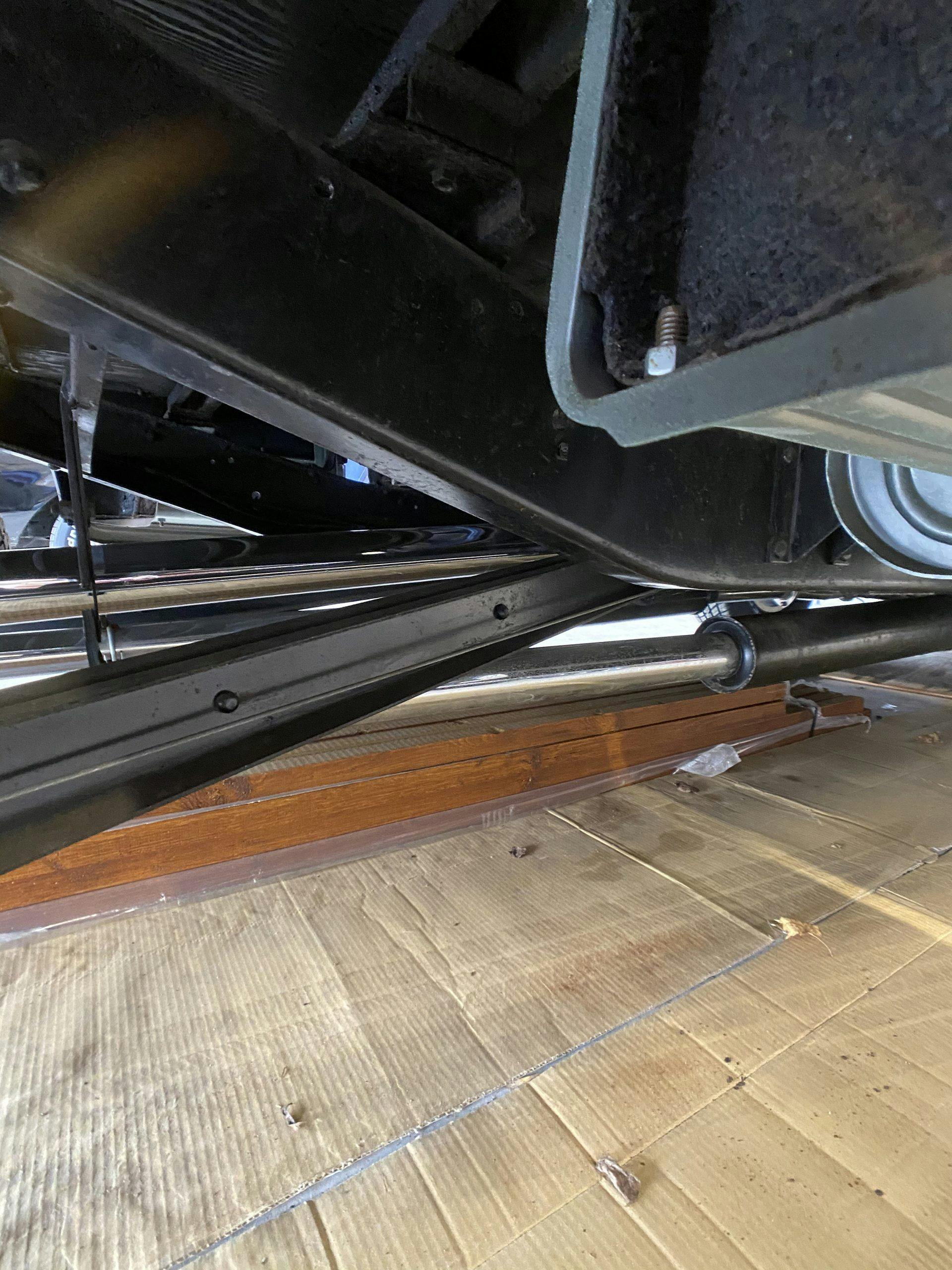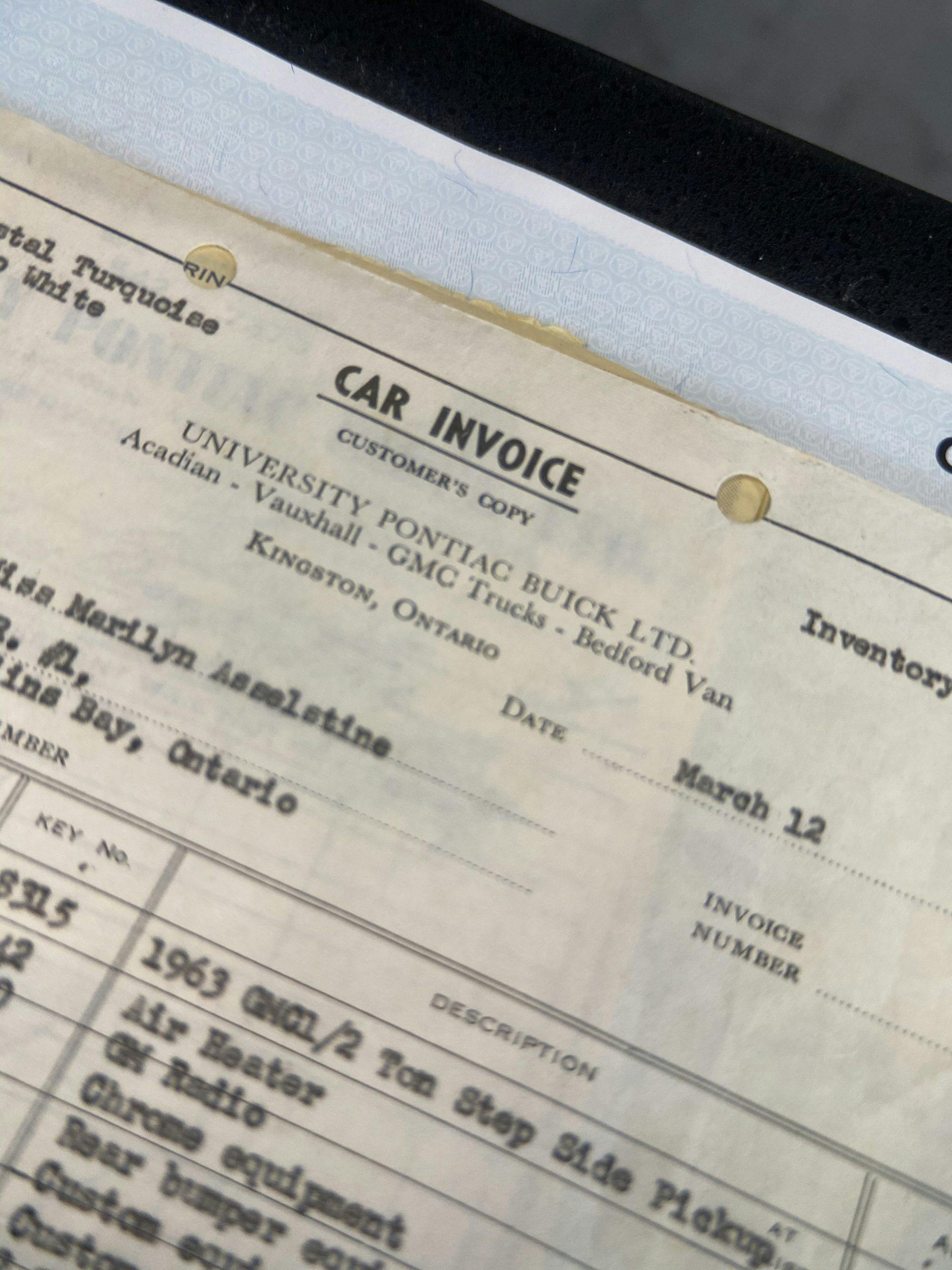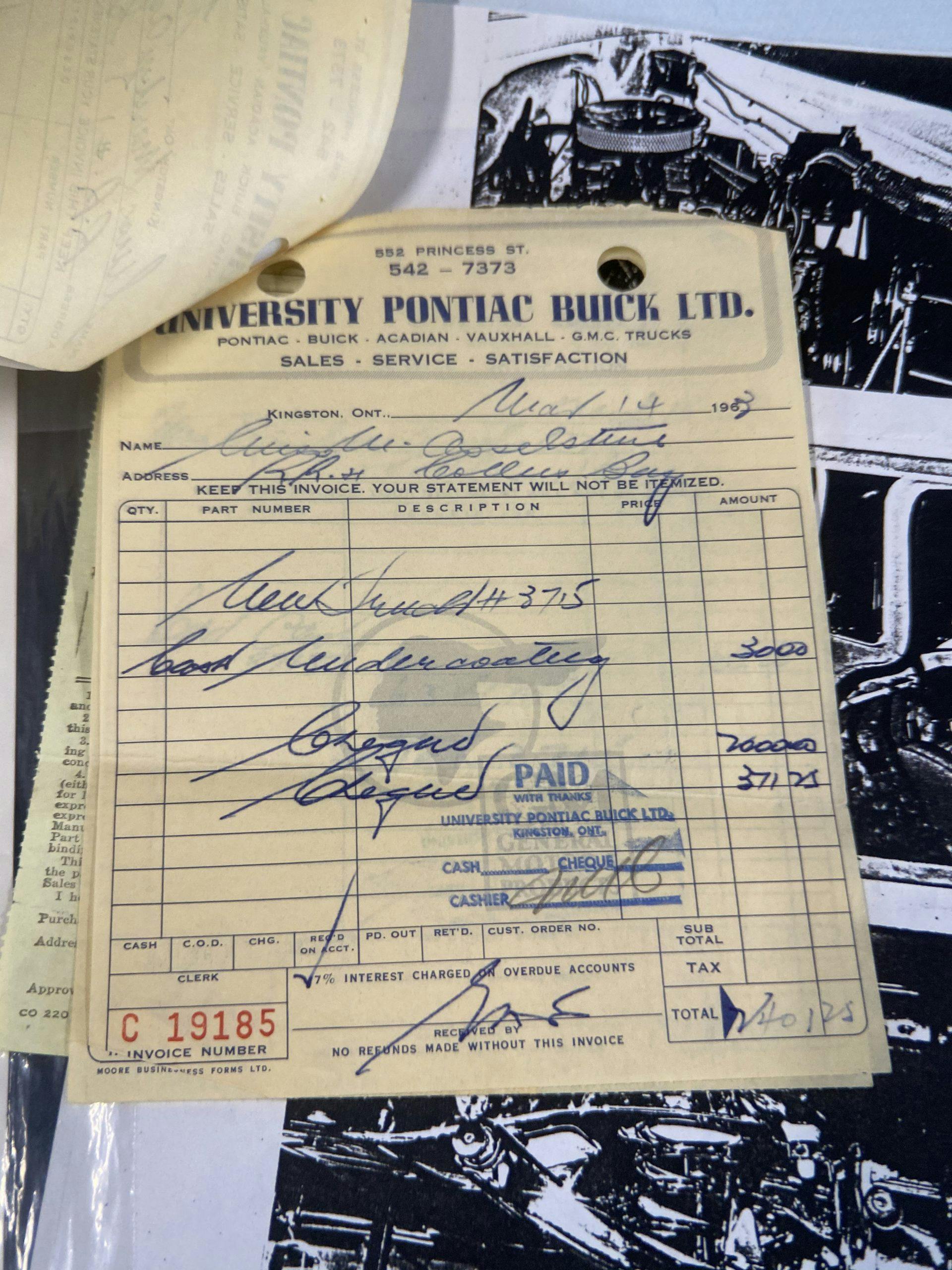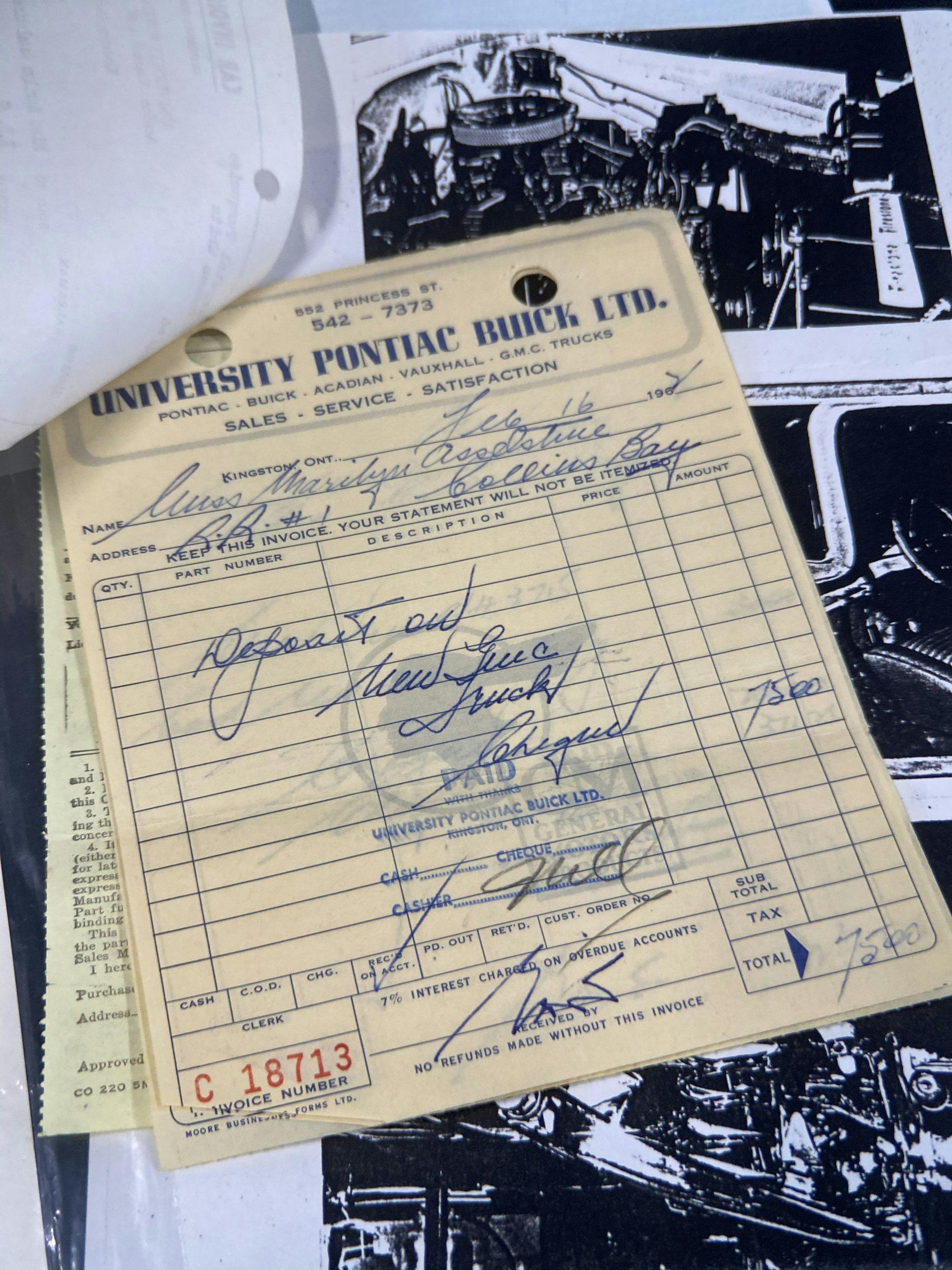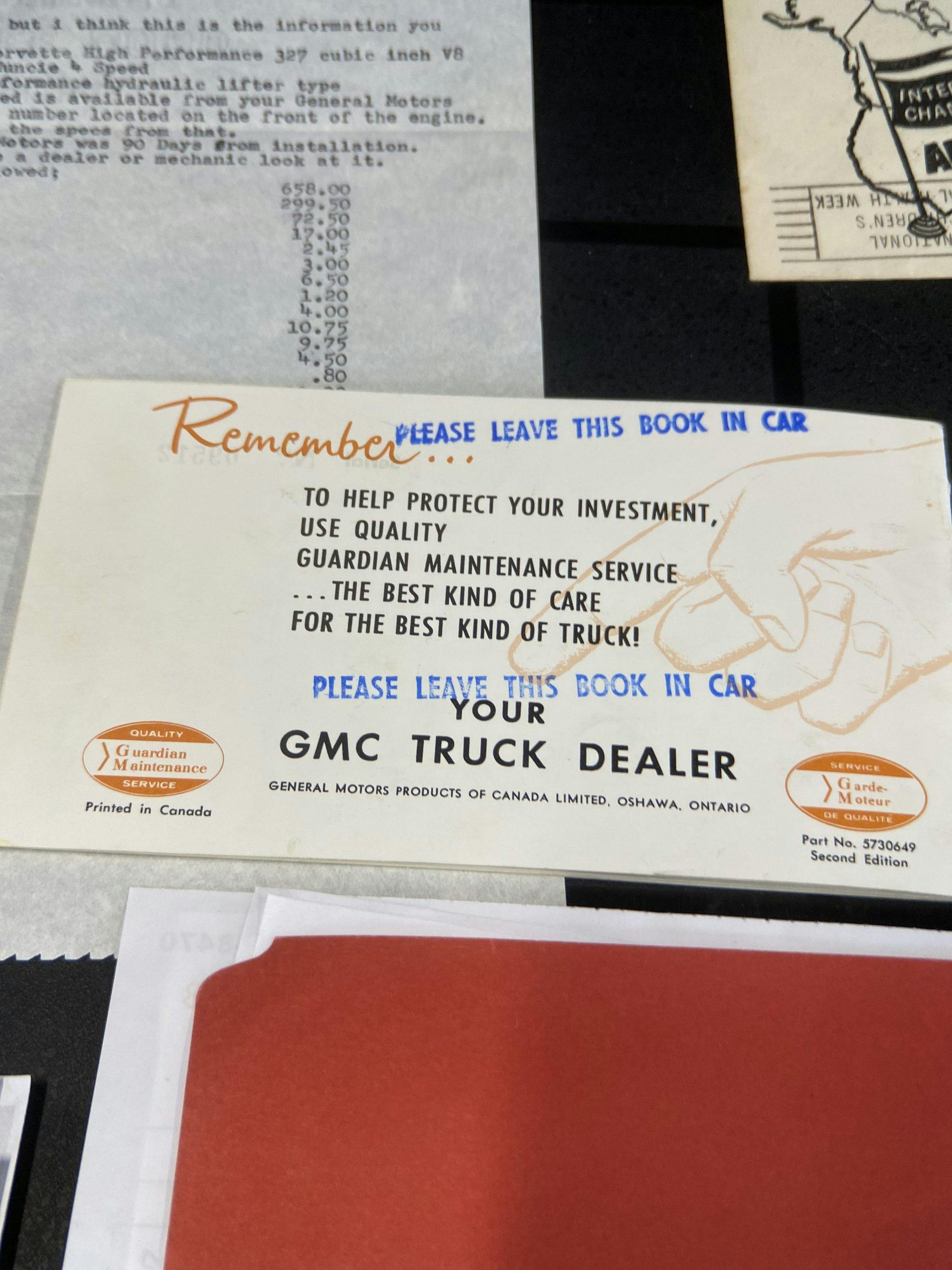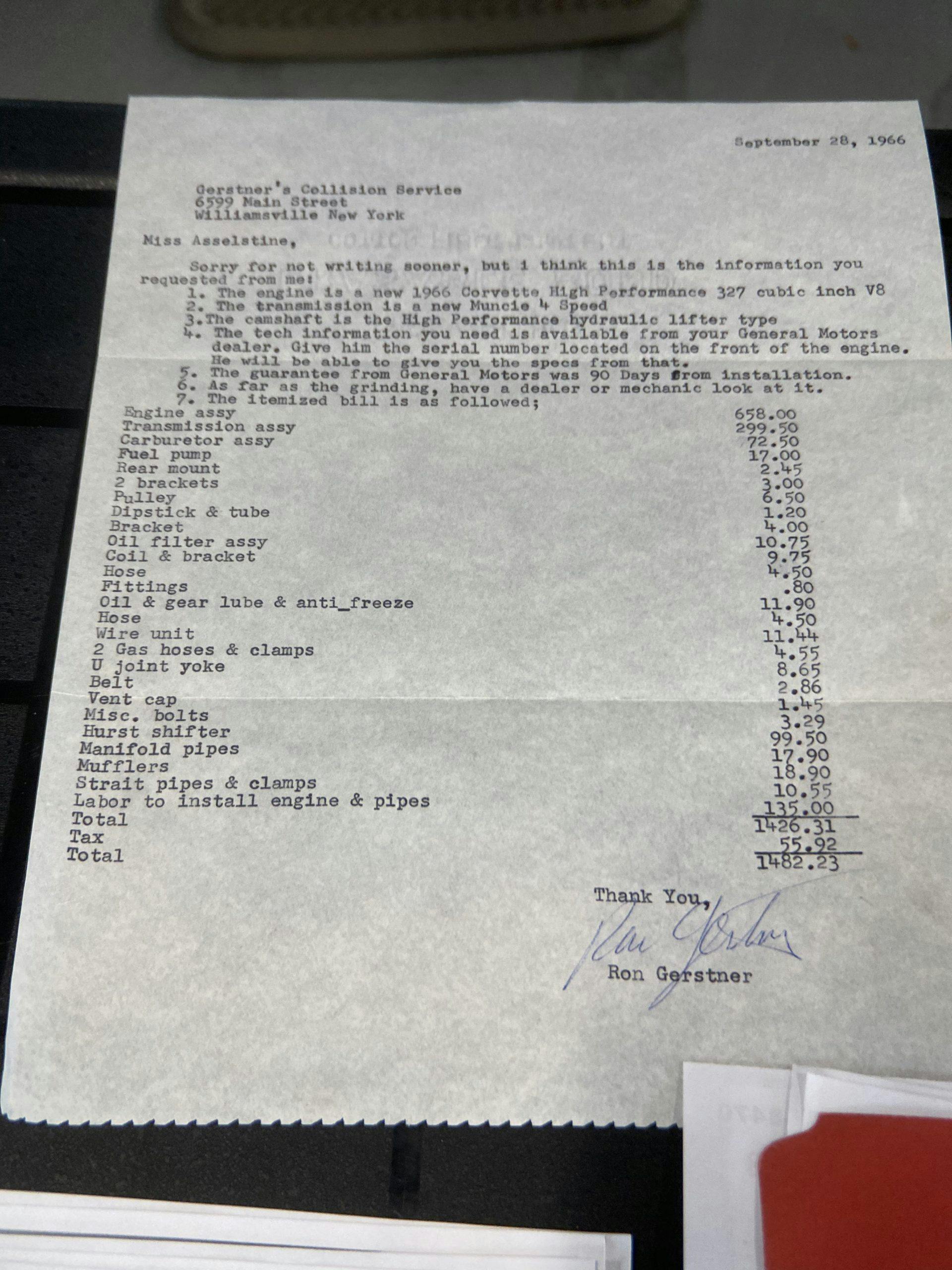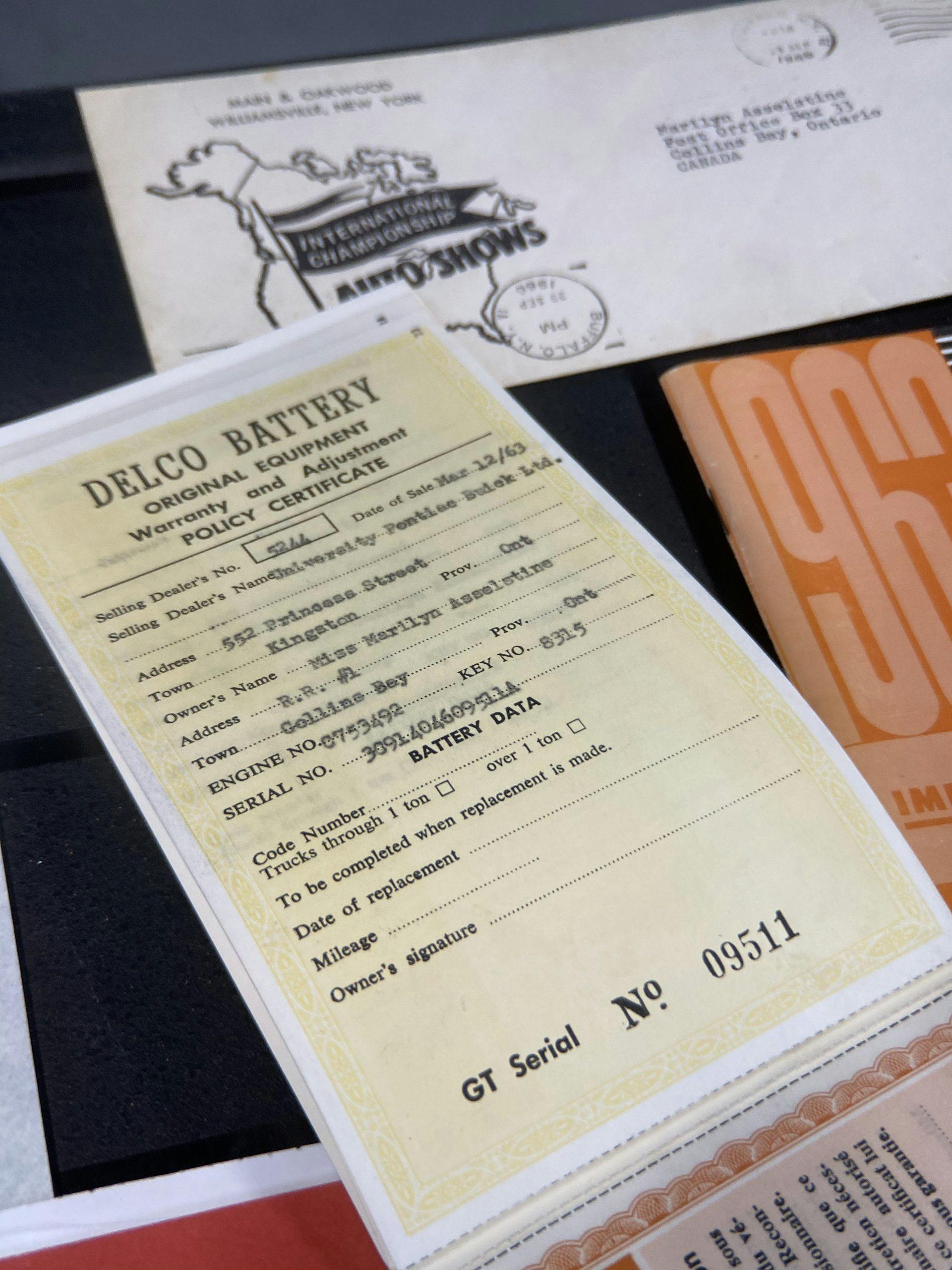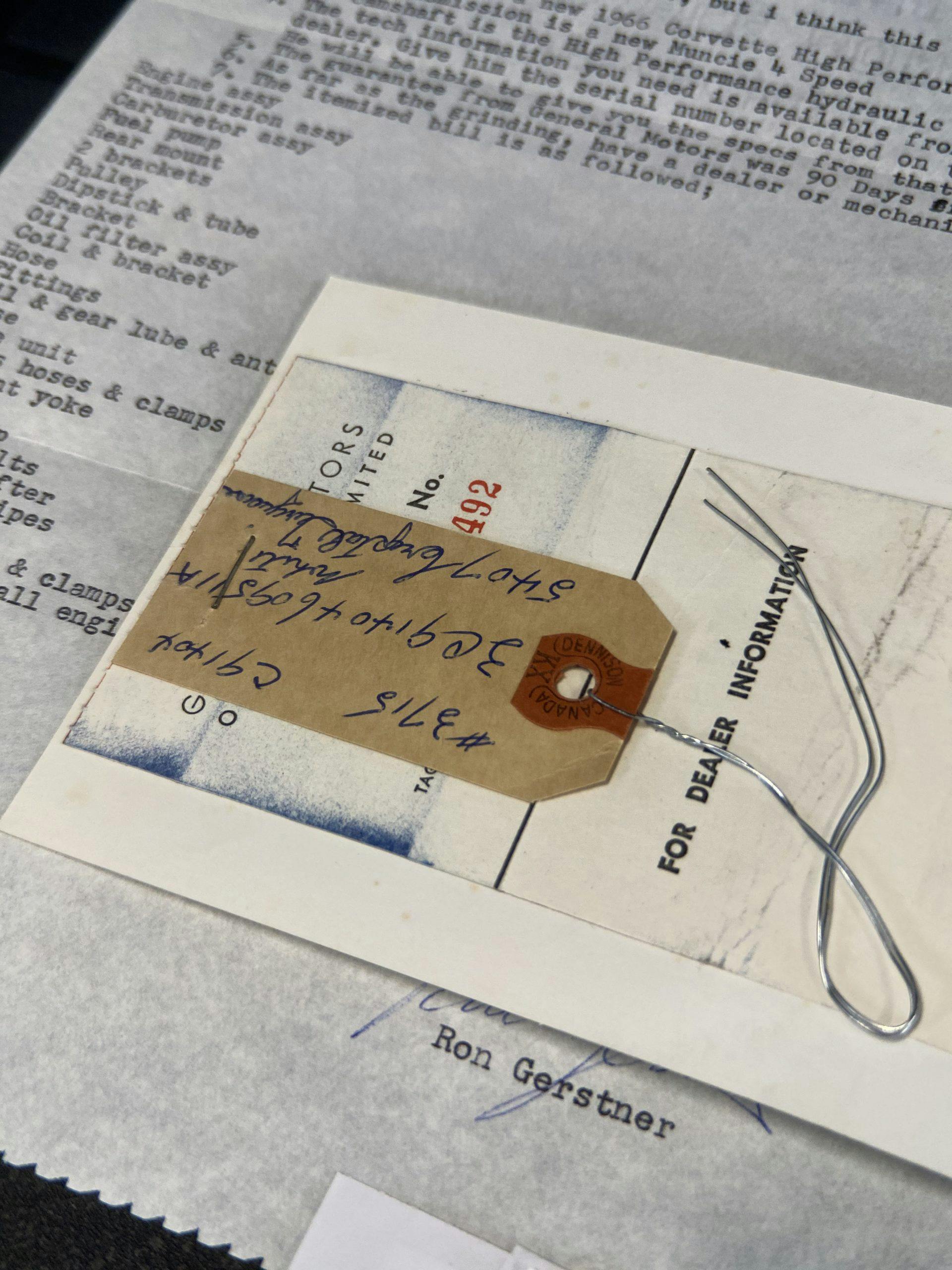This ’63 GMC half-ton was an Ontario farm girl’s ticket to hot-rod heaven

In 1963, Marilyn Asselestine strolled into the Chevrolet dealer in Kingston, Ontario looking for a pickup. She needed a truck to help her family haul things around their farm and to provide basic transportation; but the vehicle also offered her a level of independence that was unusual for a young woman in the early ’60s. Little did she know that this practical purchase would draw her into the eclectic world of hot rodding, and that, decades later, her custom build would be a memorable, award-winning figure in local automotive culture.
Asselestine preferred the look of GMCs, which couldn’t be purchased at a Chevy store in those days, so the sale was brokered through the affiliated Pontiac-Buick store in Kingston. The total price, for her new 1963 GMC 1/2 Ton Step Pickup, with a handful of basic options, was $2505.
Thanks to a couple of family members familiar with hot rodding, Asselestine was quickly drawn into the world of automotive enthusiasm. “I had a couple of boy cousins, first cousins, that loved cars, too,” she says. “We were always tinkering with cars.
“You couldn’t buy anything for the truck back in those days, so you had to buy it for a car and then modify things to make them work properly. So I did that and it was fun and, but it didn’t have enough speed and I thought, I’ve got to do something about this.”
In 1966, just three years into this little pickup’s service life, the six-cylinder, three-on-the-tree powertrain received a serious upgrade. Go big or go home, they say, and Asselestine went big. She had a 350-hp, Chevrolet 327-cubic inch V-8 engine dropped under the hood, along with a Muncie four-on-the-floor transmission. At the same time, she added a Hurst shifter and straight pipes—for all the right reasons. Hot rodding her GMC proved to be a slippery slope, though. “It just went from one thing to another,” she says, “and when I went to my first car show, I got bitten by the bug.”
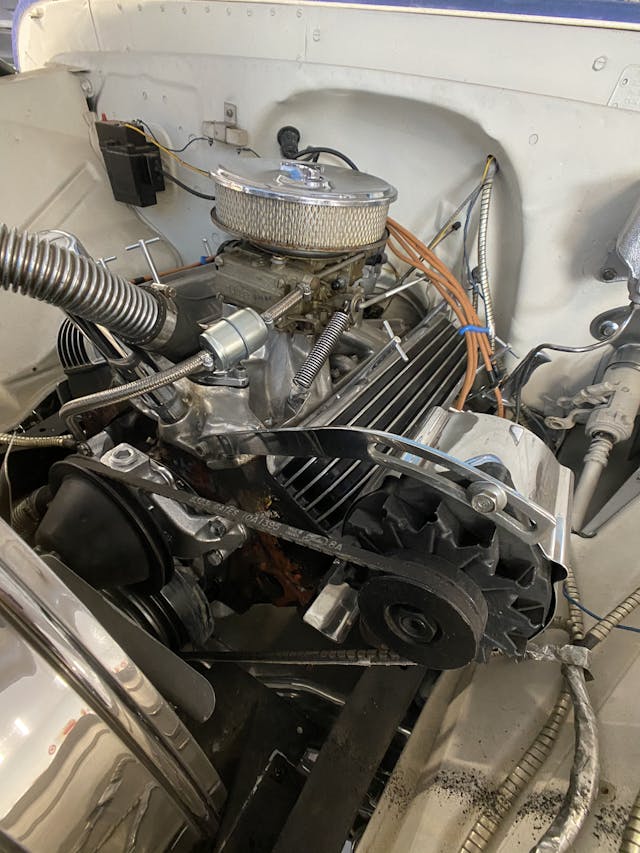
This hot-rod pickup became the foundation of Asselestine’s foray into the show-car world. She treated her GMC to a full makeover and named it Cannonball. The 327 was massaged to make 475 hp. The bodywork was painted in a labour-intensive and time-consuming coat of blue indigo metal flake.
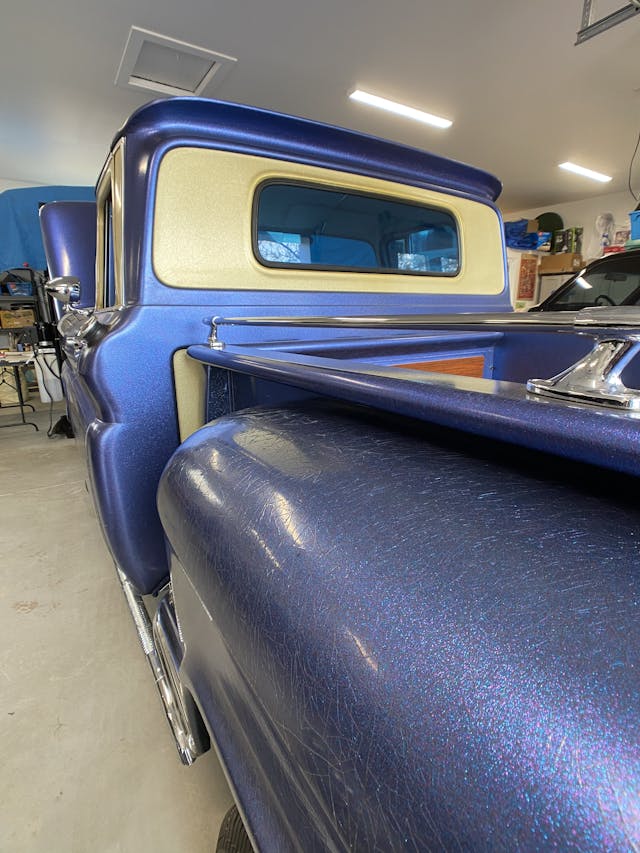
A generous dose of chrome was needed to complement the paint, and everything from the suspension to the hood hinges got doused in chrome. Asselestine installed custom seats, covering both chairs in creamy, glitter-infused vinyl. A cabinetmaker friend fabricated the dashboard and console from mahogany and treated the bed and tailgate to custom inlays. From the antenna or the Cannonball badge on the grill, no detail was too small for a dose of pizzaz.
After three years of work, Asselestine joined the International Show Car Association and collected countless trophies with her custom, Canadian GMC half-ton. Other vehicles joined her flock over the years, but she held on to Cannonball. The truck sat in her garage for decades, the idea of a complete restoration lingering in the back of her mind.
Why “Cannonball”? Asselestine says that the pickup’s nickname was inspired by a trucking line she used to see on the roads of Ontario in her youth. The name resonated with her, and it stuck—to more than one of her vehicles, too. Asselestine is now driving her eighth pickup, all of which she’s named Cannonball. The latest to wear the name is a mint, 1999 Ford F-150 that’s racked up over a 200,000 kilometres under her care—and right foot.
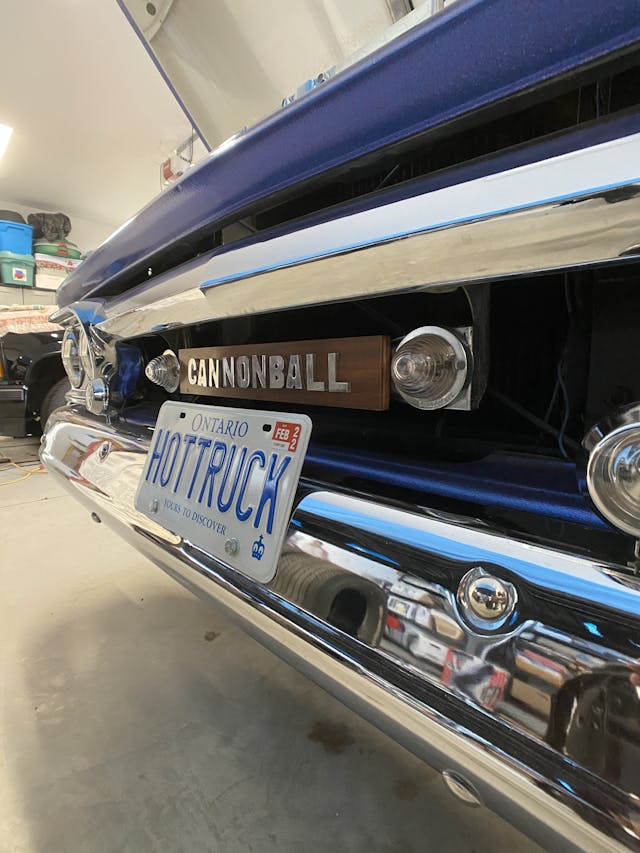
Now in her 70s, she finally parted with her original Cannonball last year. She didn’t sell it to just anyone, either: the new owner is Duaine Hamilton, the son of the dealer who sold the GMC to Asselestine back in 1963.
Without question, Hamilton is the right person to be the next custodian of Cannonball. Over the years, his father always reminded him that he should never let Asselestine sell the truck to anyone else. Duaine has a personal connection to the truck, too; when he was a teenager, Hamilton used to hang out at Asselestine’s shop, Marilyn’s Speed Shop, in Kingston, Ontario. He even remembers driving Cannonball, albeit briefly, decades ago. Asselestine had asked Hamilton to move Cannonball and he took it for a brief spin on a side road near the shop. He recalls letting the clutch out, giving it a little gas, and, with those 475 horses, the front tires of the little GMC came right off the ground.
A car collector in his own right, Hamilton’s attachment to this GMC is undeniable. Who among us hasn’t considered buying a car or truck that’s permanently etched into our memories? For years, Hamilton discussed the idea of buying Cannonball and recently built a six-car garage. “I wanted to be part of it and I wanted to expand my collector car vehicles. The garage is heated, so I’m ready for it now. I said to my wife, ‘We’ve got the building up, and we’ve got to go back to Marylin.’
“So, we went down to visit Marylin and I said, ‘I’m at your mercy and I’m not going to negotiate with you.’ She said, ‘I’m going to sell Cannonball and this is what I want from you.’ I wrote her a cheque and that’s what we did.”
Along with the truck, Asselestine sent Hamilton with a file containing all of the GMC’s documentation, starting with the original bill of sale. The file contains some gems, like the 1966 invoice for the 327 Chevy engine, Muncie four-speed, and their installation in the truck. She even kept her original notes detailing all of the custom work commissioned for Cannonball—down to the rear taillights, which are sourced from a Corvair, and the Road Runner horn. (It reads “beep-beep” in her notes.)
The years have been kind to Cannonball, but now the paint has begun to crack and flake, and the GMC now possesses what we love to call patina. Hamilton’s idea was to restore Cannonball to its original glory but was persuaded by Hagerty Canada’s manager of private client services, Corey Finkelstein, to leave the cosmetics blemishes alone.
Hamilton has, however, treated Cannonball to a complete mechanical refresh while keeping as much of the truck as original as possible. Brakes, tires, and a few other bits and bobs have been replaced—the original parts have been set aside—and Cannonball is ready for the road, having recently passed its roadworthiness safety check in Ontario.
Now that Cannonball is once again ready for the world, Hamilton plans to take this historic GMC to local car meets and protect this piece of Canadian hot rod history for as long as possible. Ultimately, he’d like the car to end up in its rightful place—a car museum that will recognize Cannonball as the work of a pioneering young woman.
